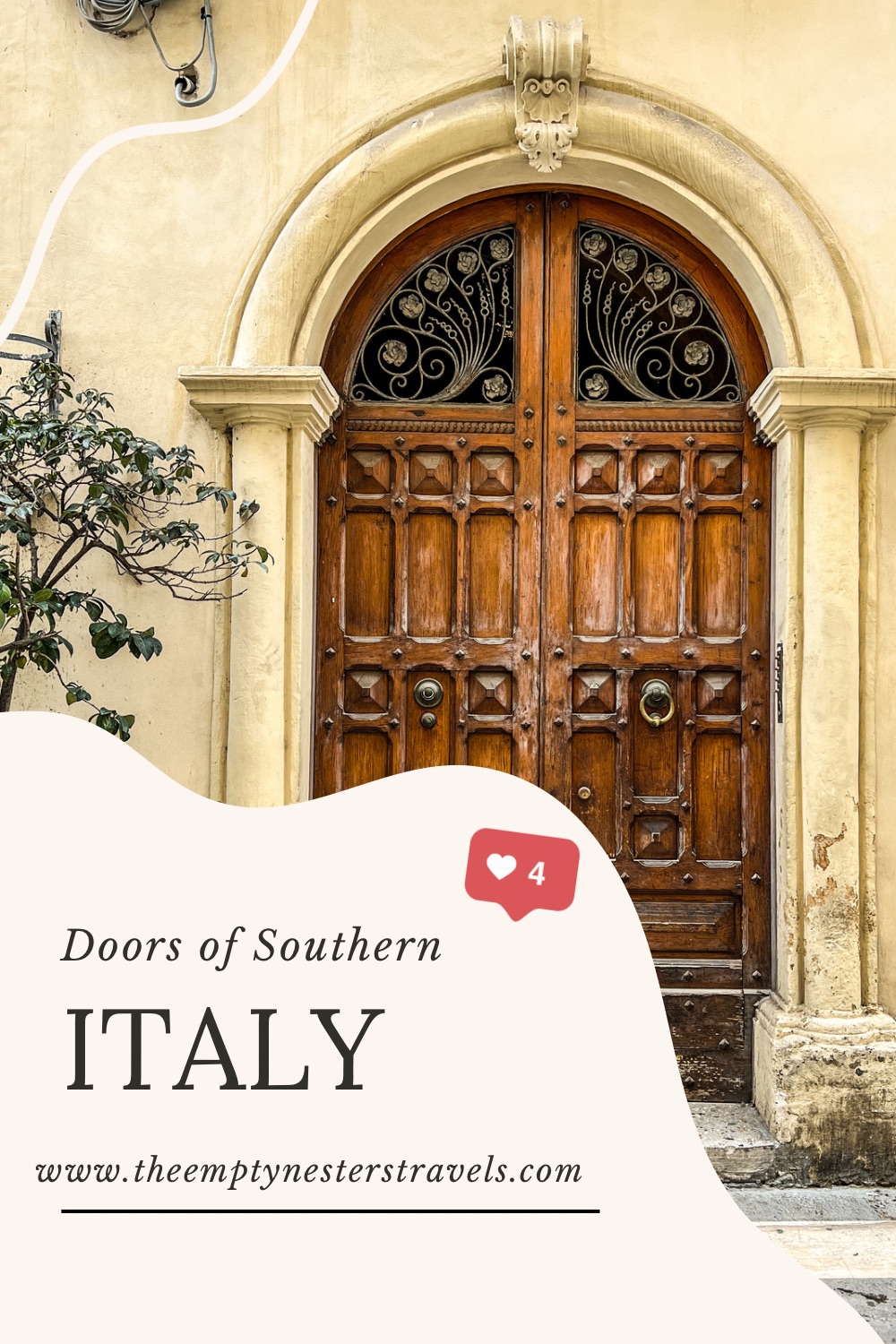The Doors of Southern Italy: History, Symbolism, and Unique Details
Doors have always been an important part of Italian culture, and Southern Italy is no exception. From the medieval era to the present day, doors in this region have played a vital role in the architecture, art, and traditions of the area. In this post, we’ll explore the history, symbolism, and unique details of the doors of Southern Italy.
History of Southern Italian Doors
Southern Italy has a long and fascinating history, and its doors reflect this heritage. During the medieval era, doors were typically made of heavy wood and featured ornate metalwork, such as hinges and handles. As the Renaissance and Baroque periods unfolded, doors became more elaborate, with intricate carvings and moldings adorning their surfaces.
In more recent times, the doors of Southern Italy have been influenced by a variety of architectural styles, including Art Nouveau and Art Deco. Many buildings in this region also feature colorful ceramic tiles or wrought-iron balconies, which add to the visual appeal of their doors.
Symbolism of Southern Italian Doors
In addition to their aesthetic qualities, Southern Italian doors are also imbued with symbolism. They often represent the values of family, community, and faith that are so important in this region. For example, in some small towns and villages, doors are painted with images of the patron saint or other religious figures, as a way of expressing devotion and seeking protection.
Doors in Southern Italy are also seen as a way to welcome guests and build relationships. In fact, it’s considered impolite to slam a door in someone’s face or leave a door closed when someone is trying to enter. Instead, doors are meant to be opened and passed through, creating a sense of connection and hospitality.
Unique Details of Southern Italian Doors
Finally, the doors of Southern Italy are known for their unique details and craftsmanship. One of the most distinctive features of these doors is their use of bright, bold colors. You’ll often see doors painted in shades of red, blue, green, and yellow, which create a lively contrast against the neutral tones of the buildings they’re attached to.
Many doors in Southern Italy also feature intricate carvings and moldings, which showcase the skill of local artisans. These designs might include religious motifs, floral patterns, or other symbolic elements. Additionally, some doors are adorned with wrought-iron grilles or glass inserts, which add another layer of visual interest.
The doors of Southern Italy are more than just functional elements of architecture. They are symbolic expressions of the region’s history, values, and culture. Whether you’re exploring the winding streets of a medieval village or strolling along the promenade of a seaside town, take a moment to appreciate the doors you see along the way. Who knows? You might just discover a new appreciation for the beauty and meaning of these everyday objects.
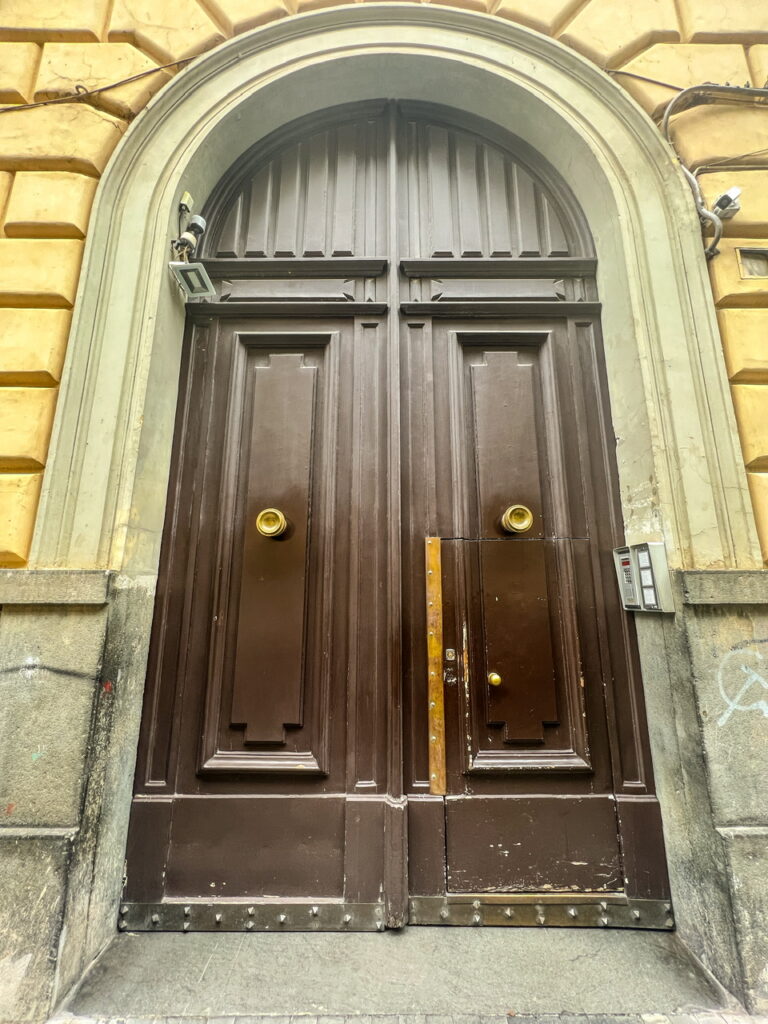
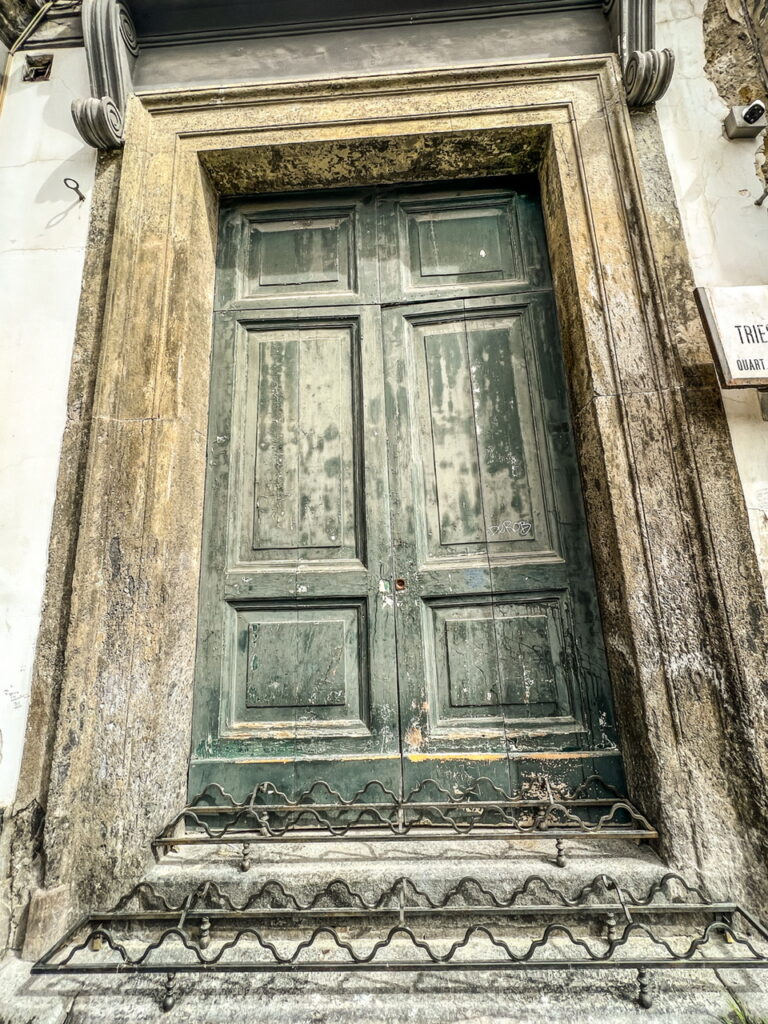
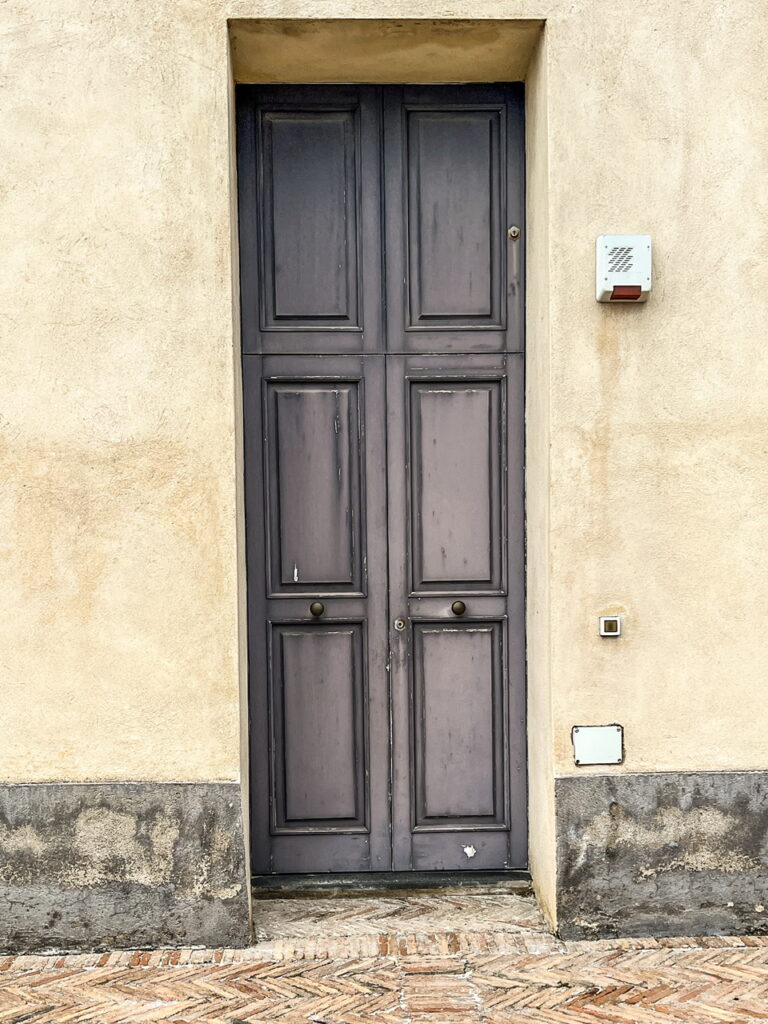
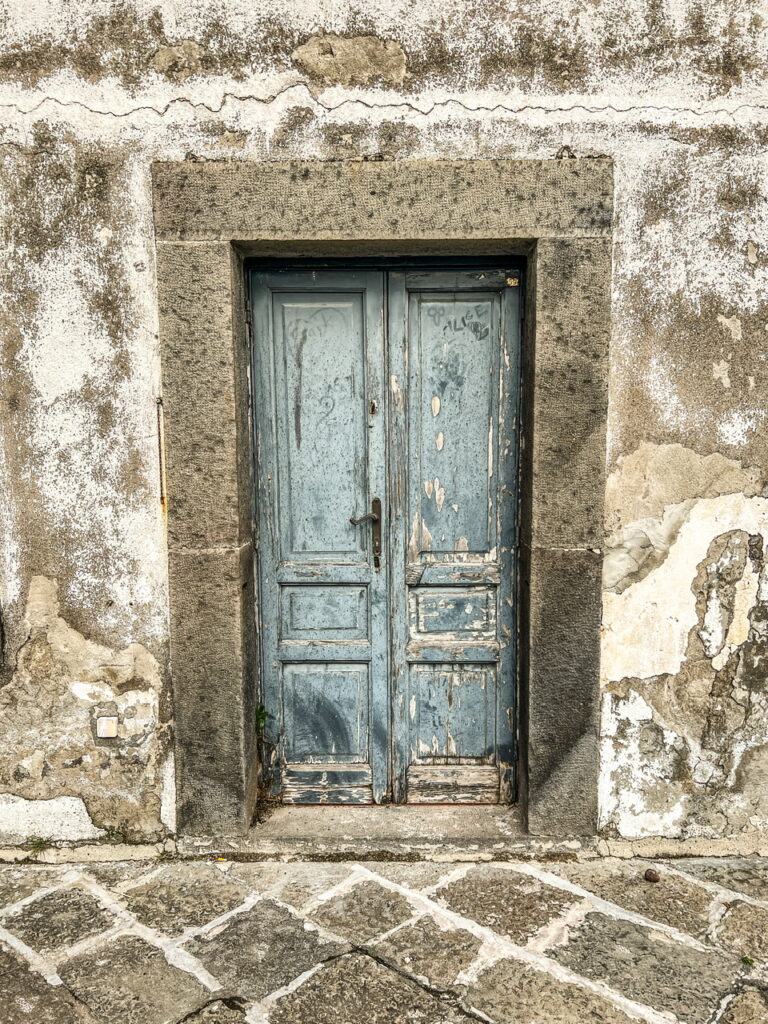
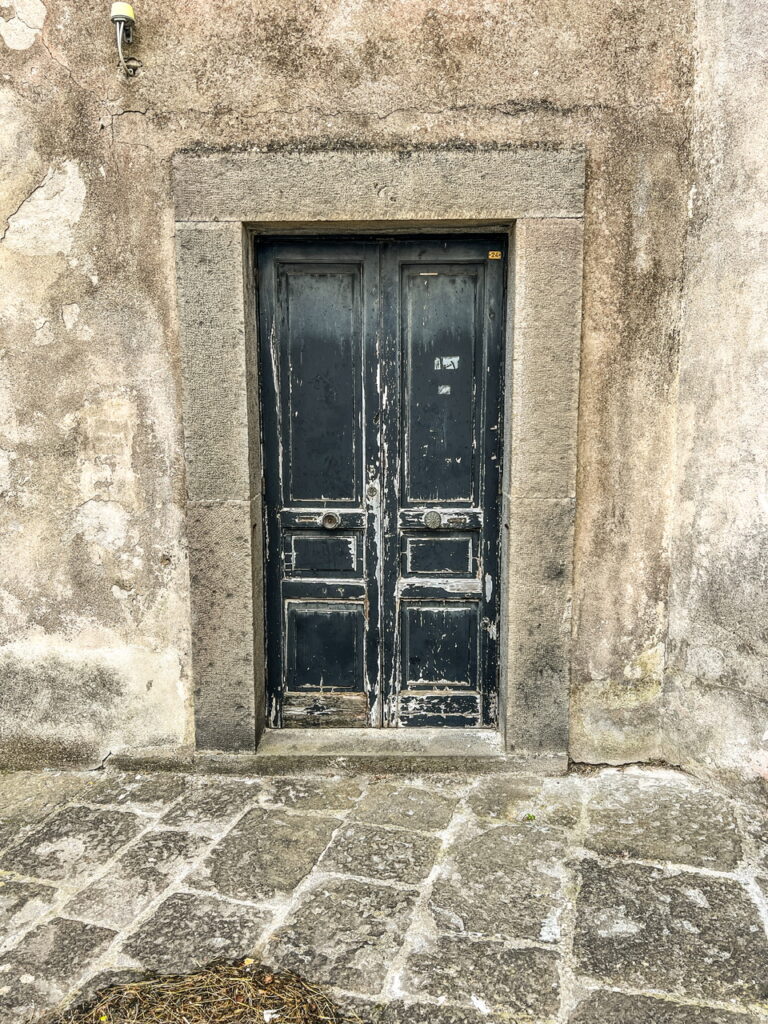
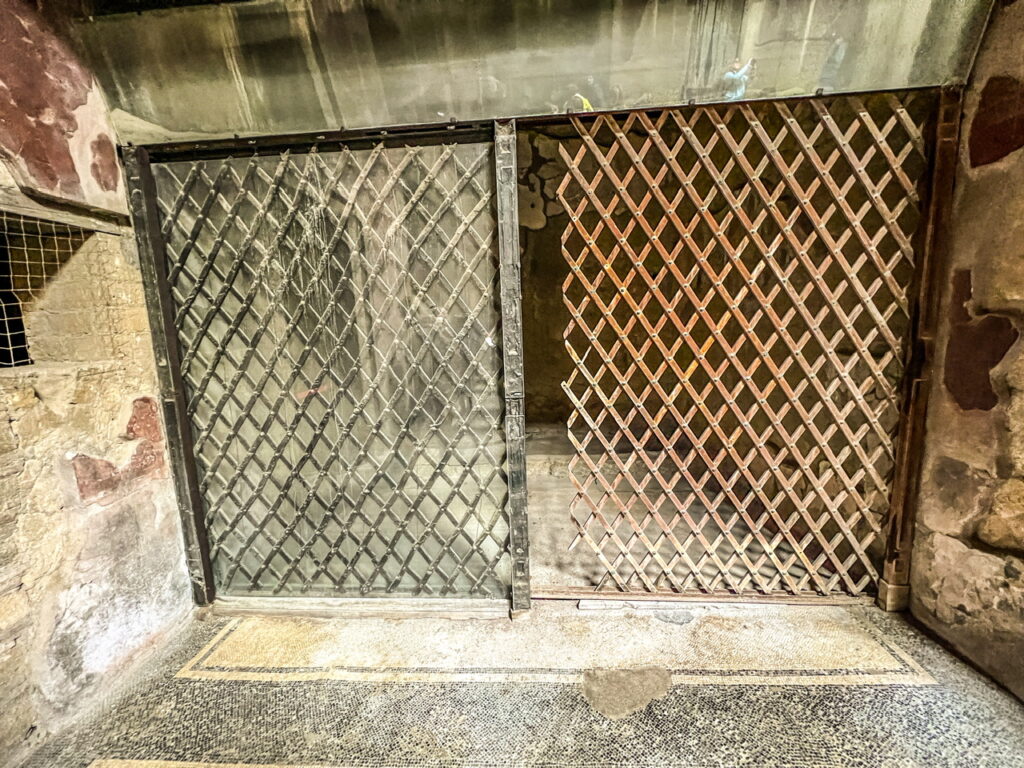
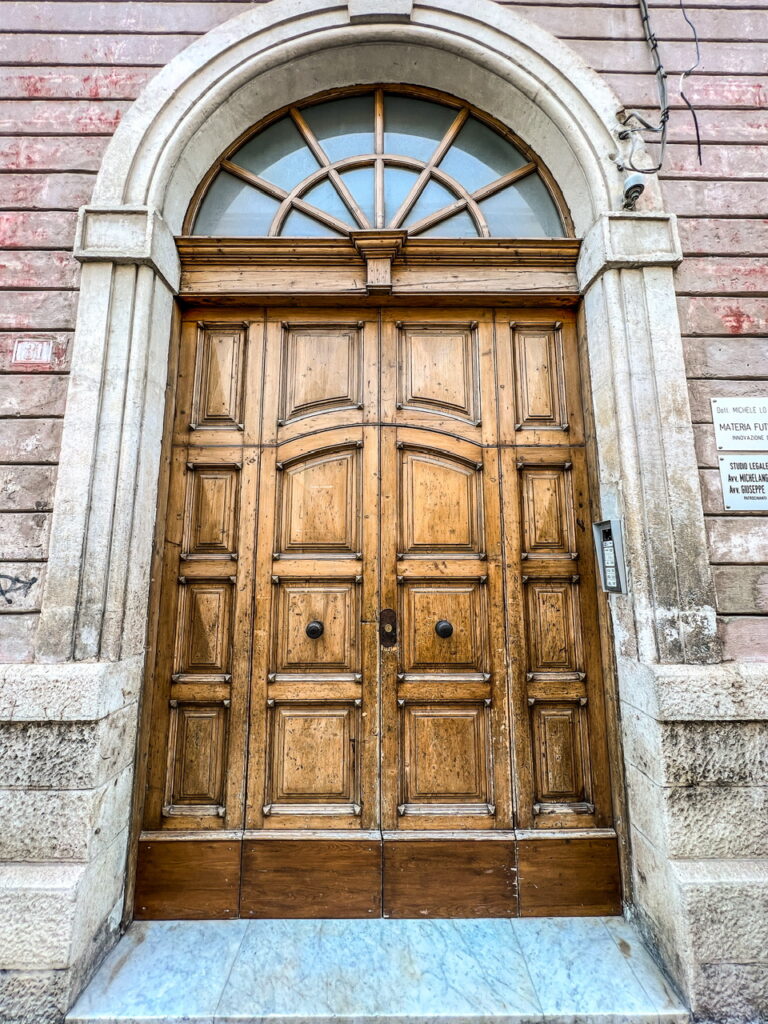
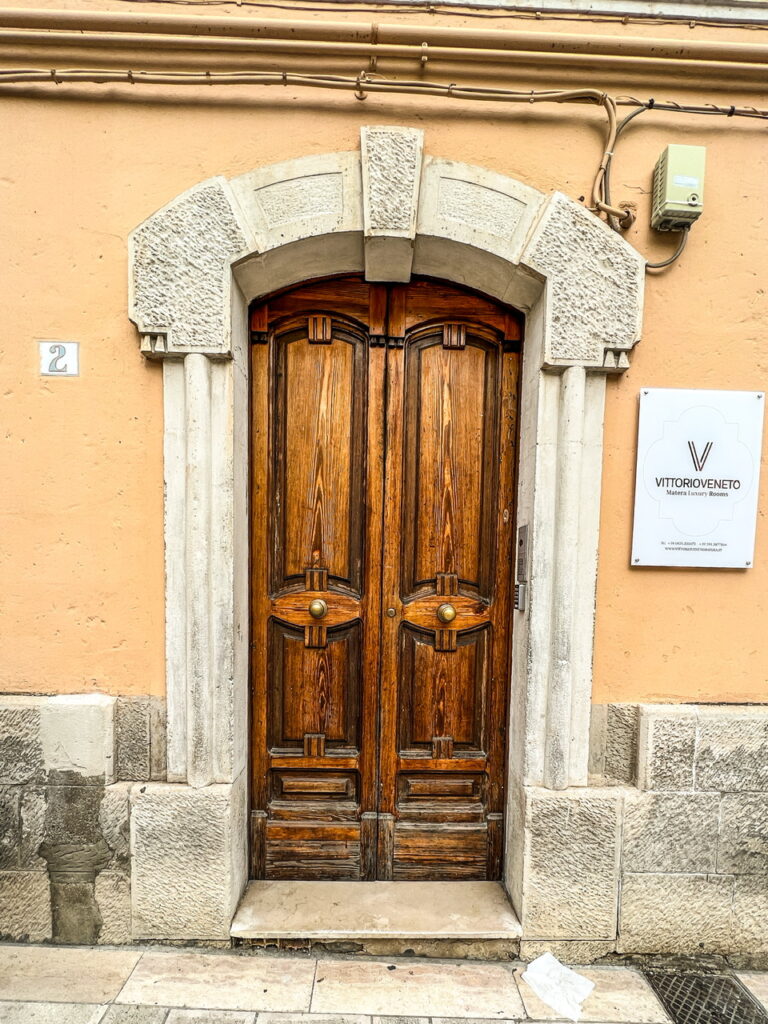
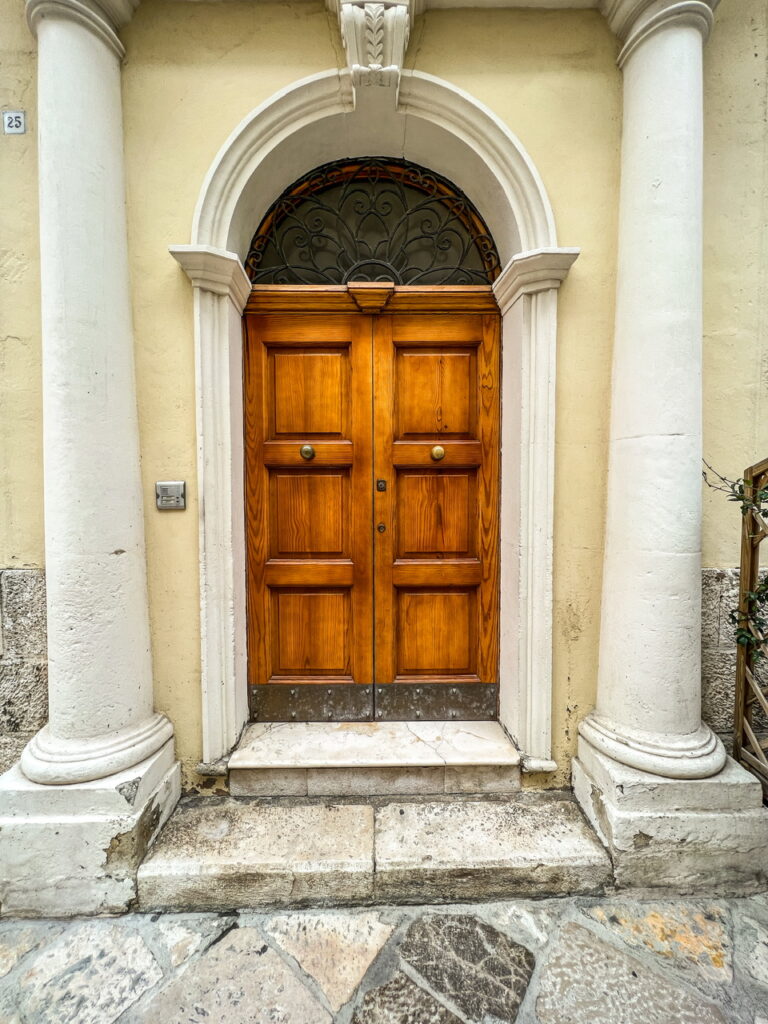
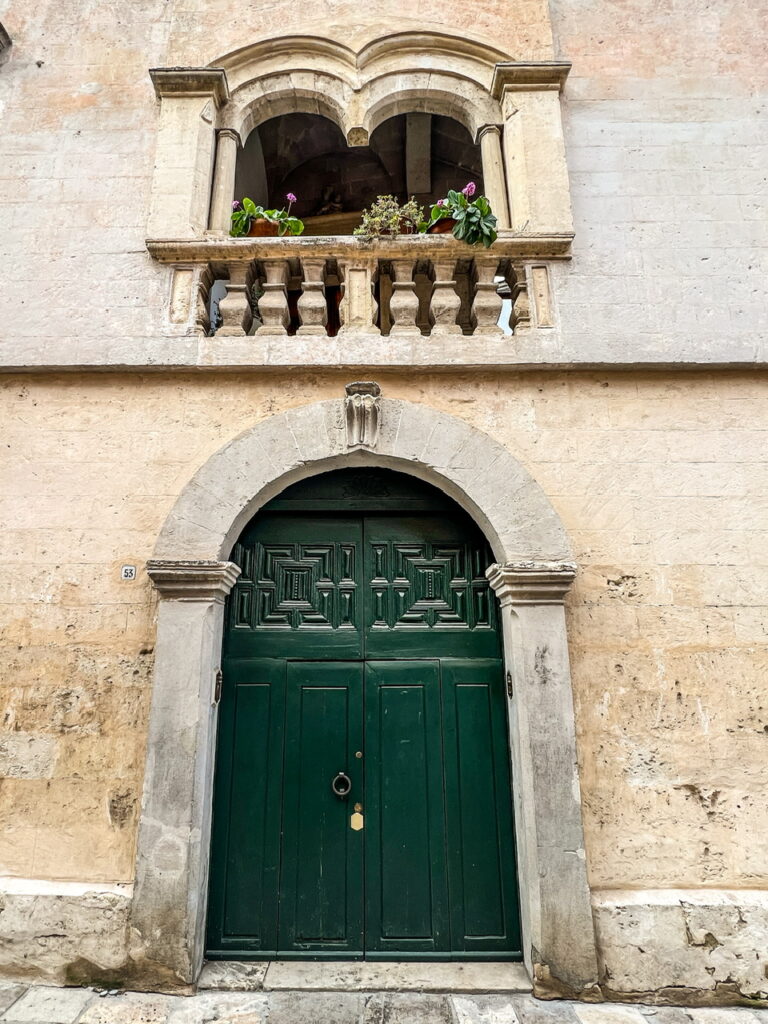
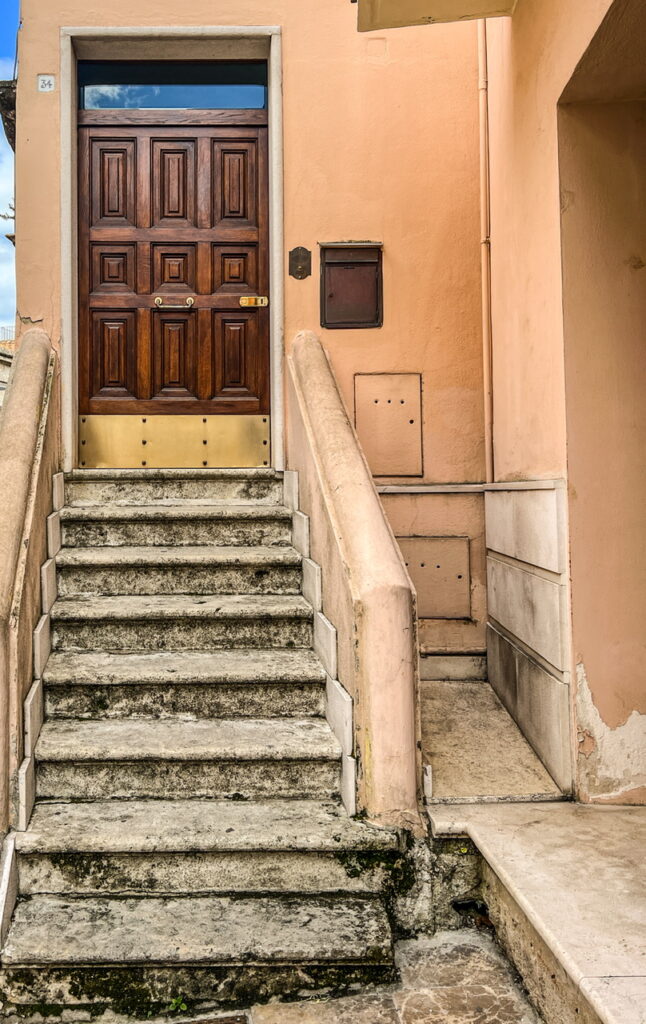
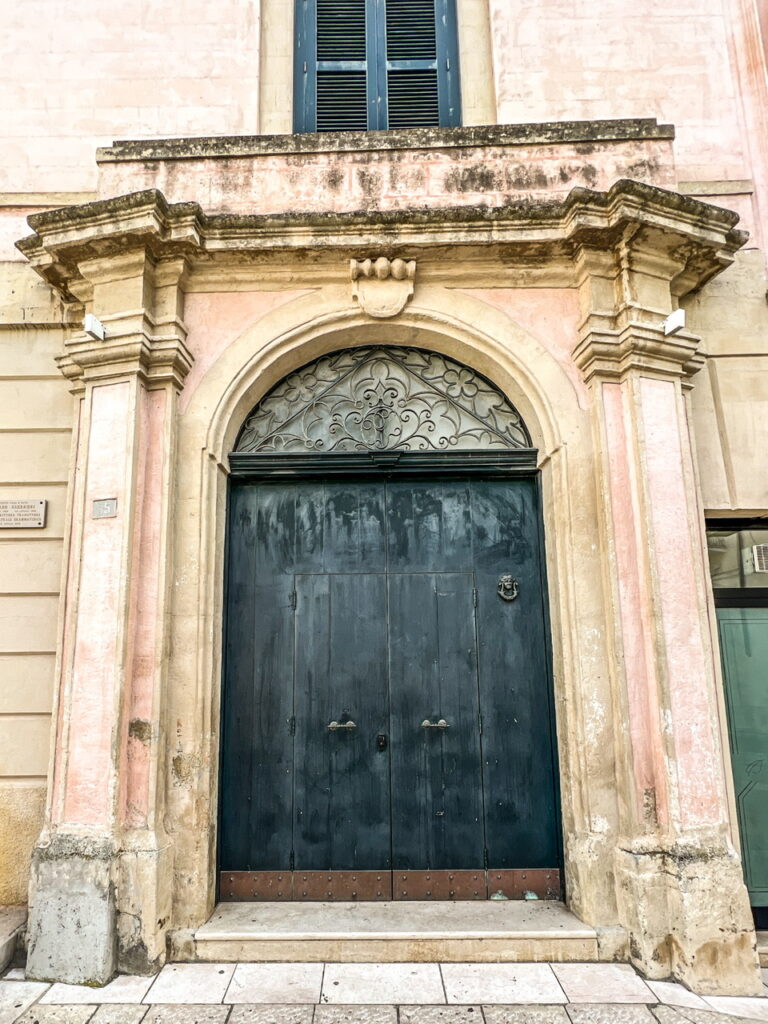
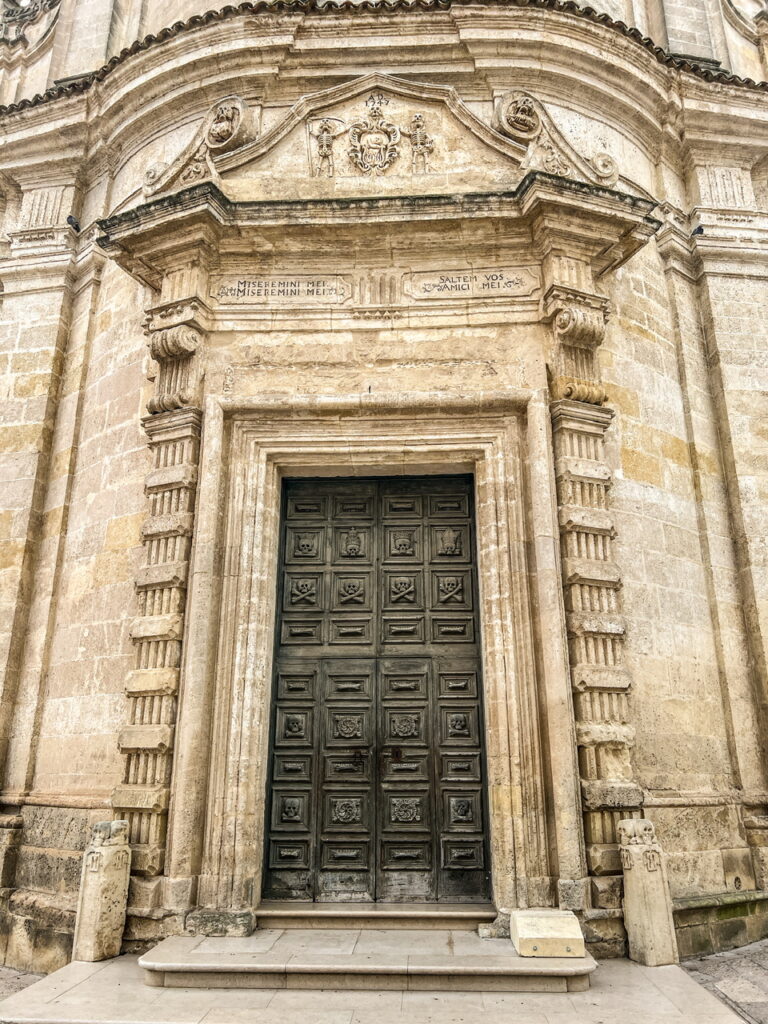
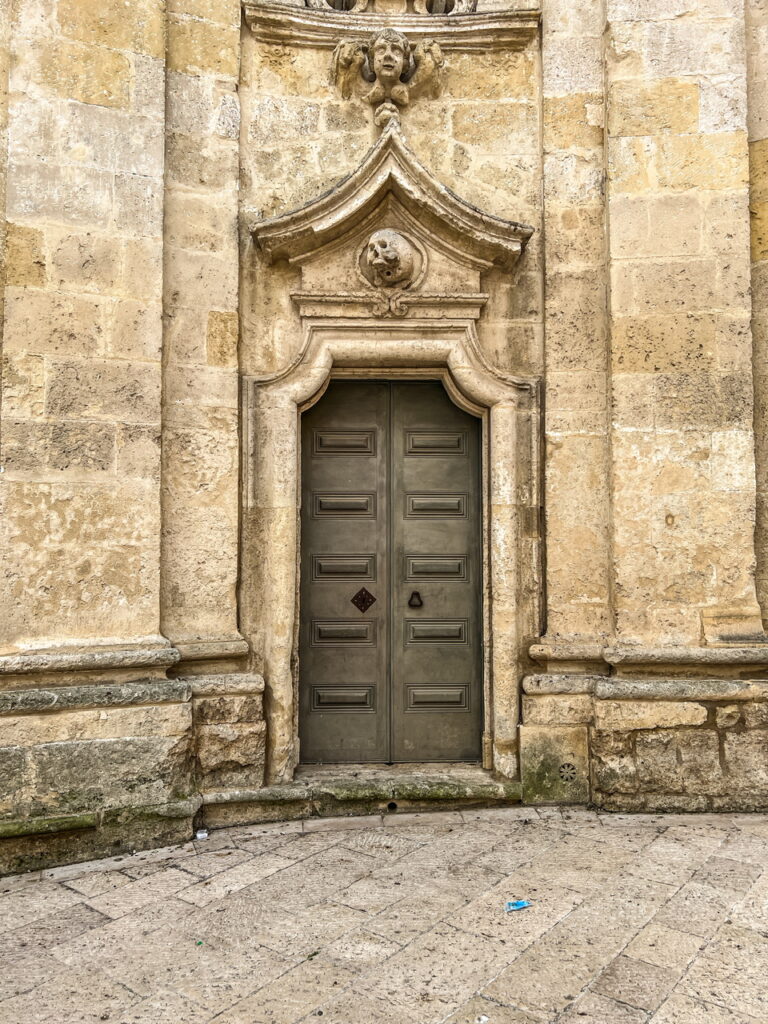
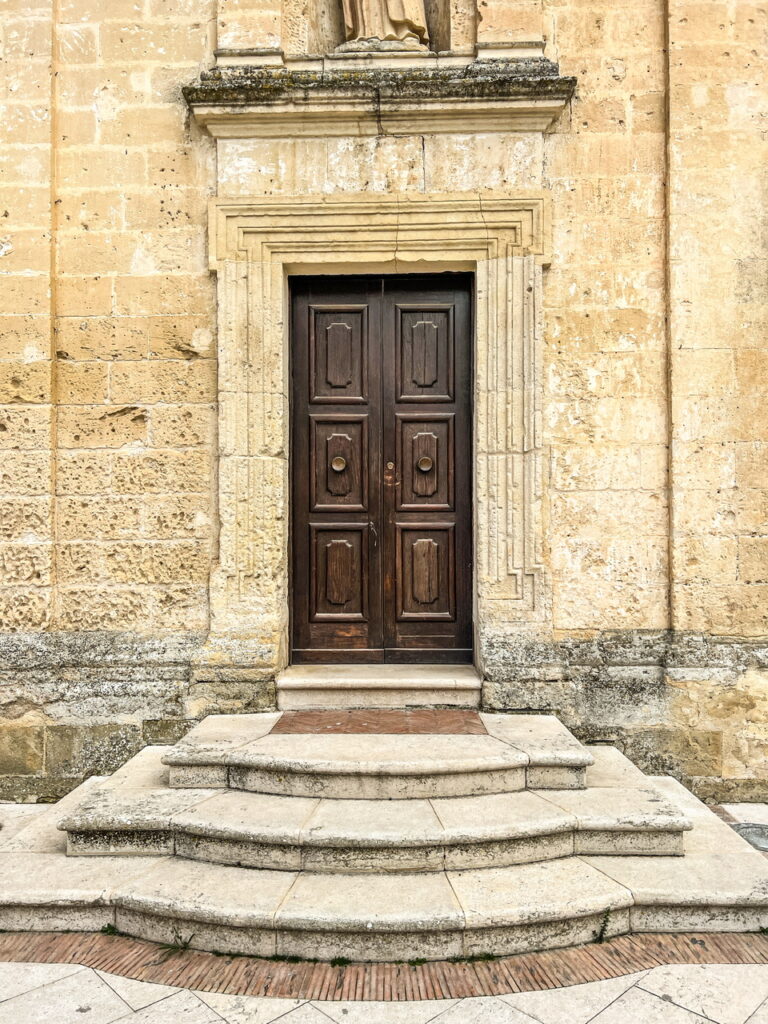
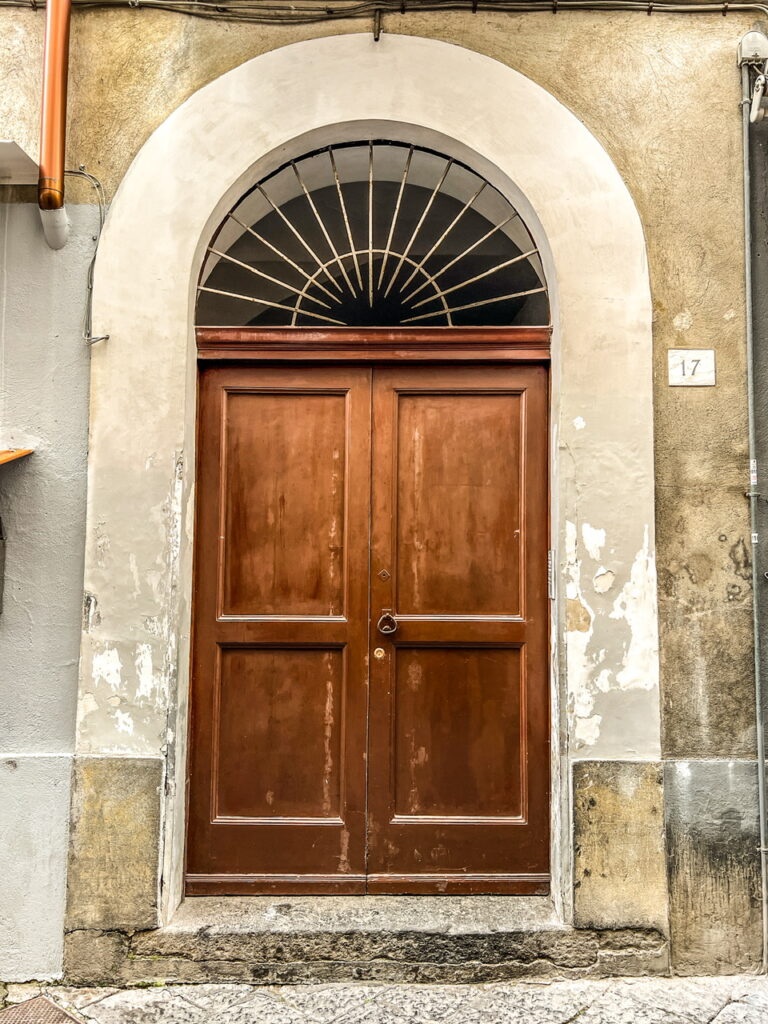
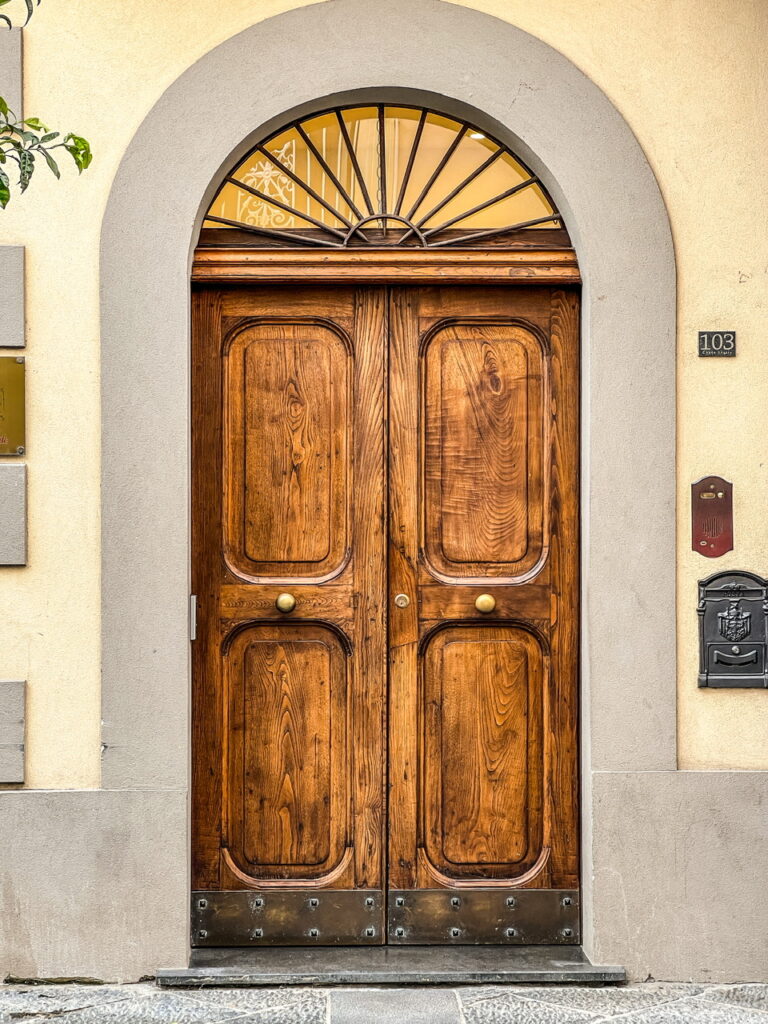
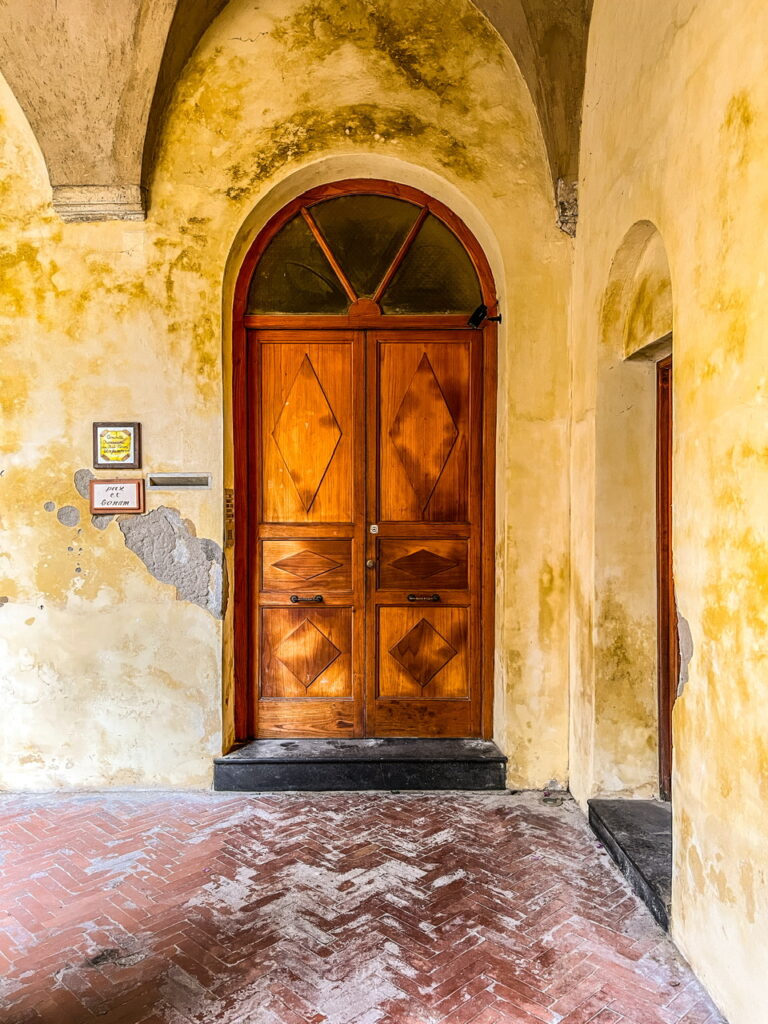
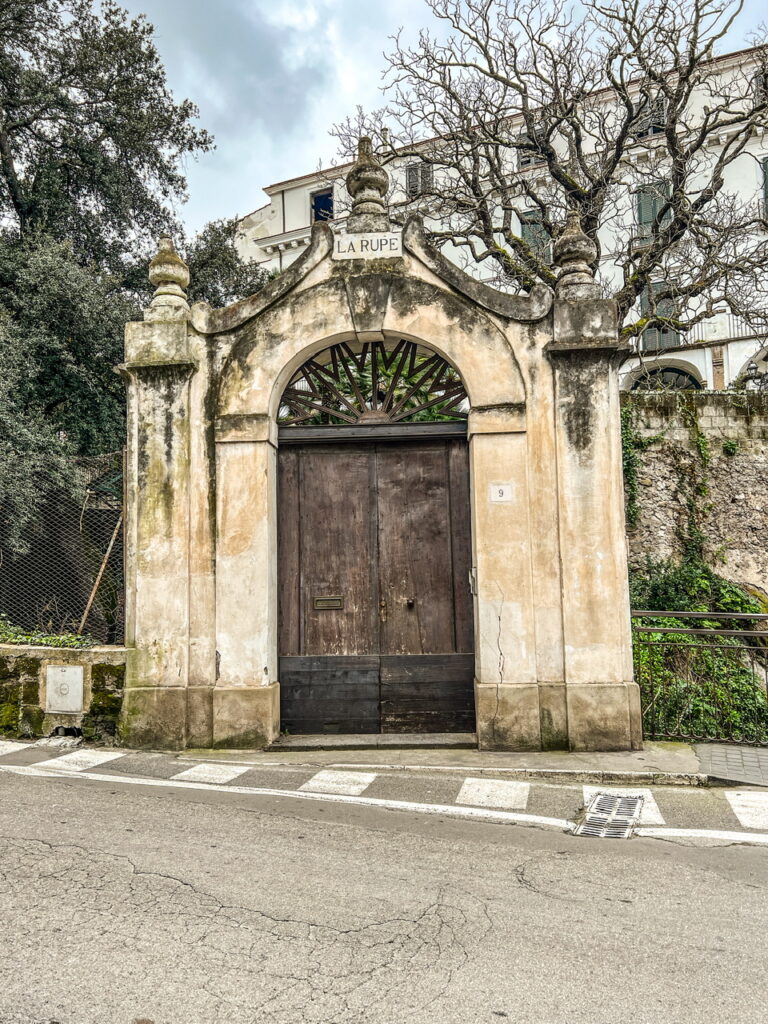
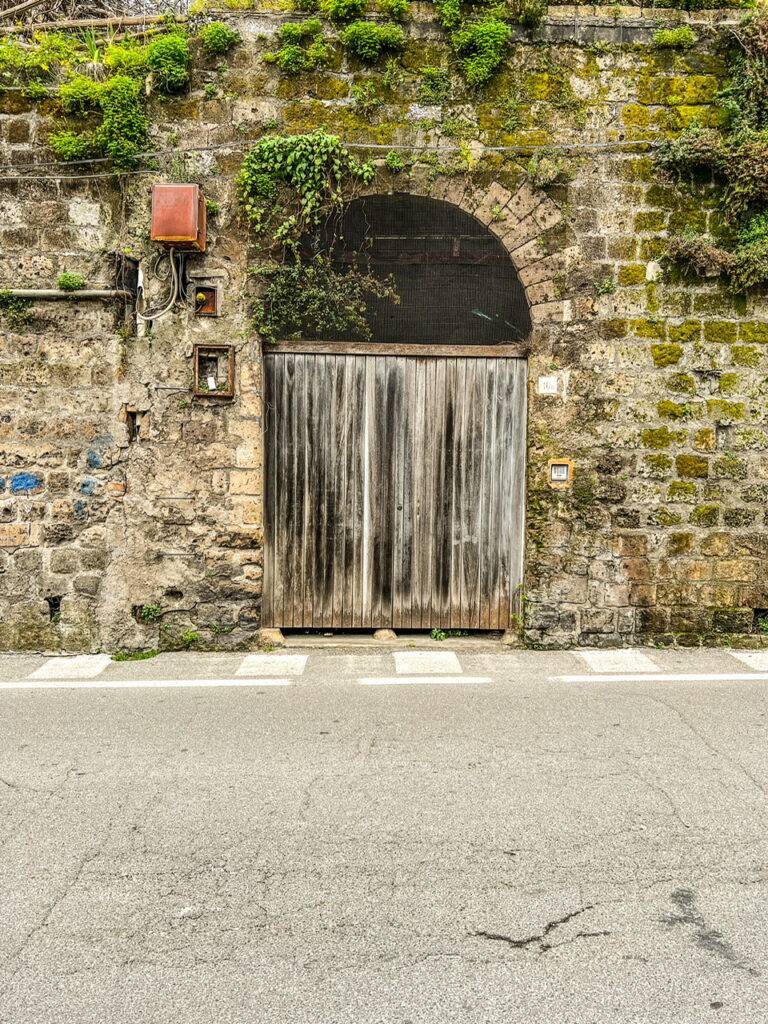
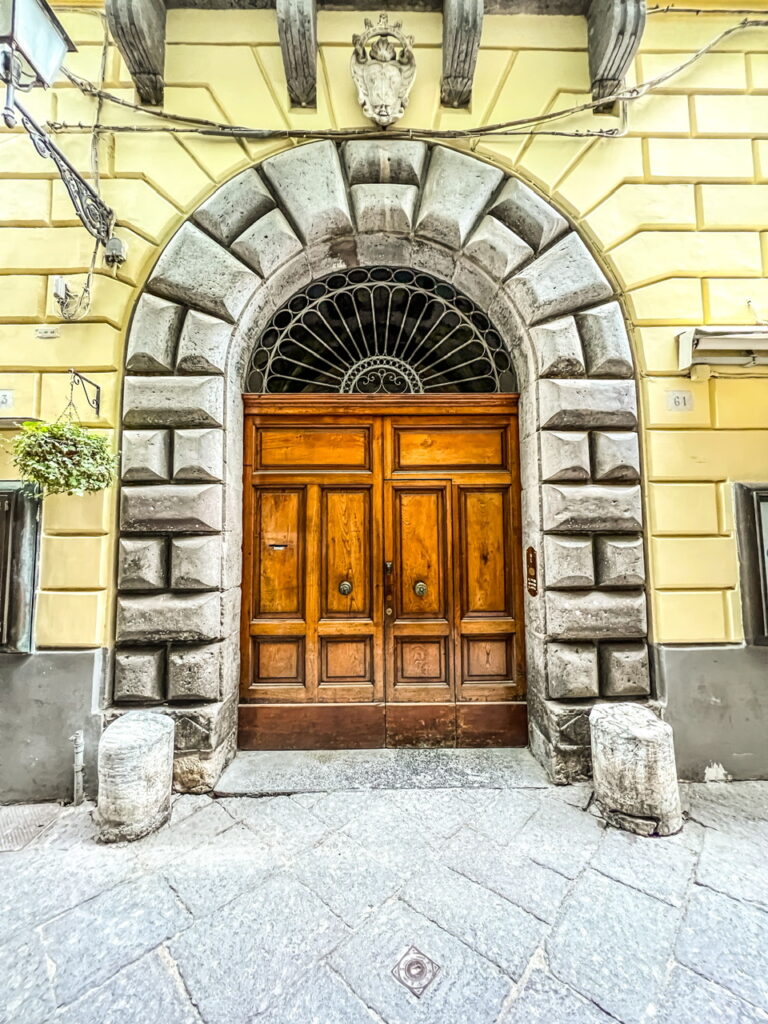
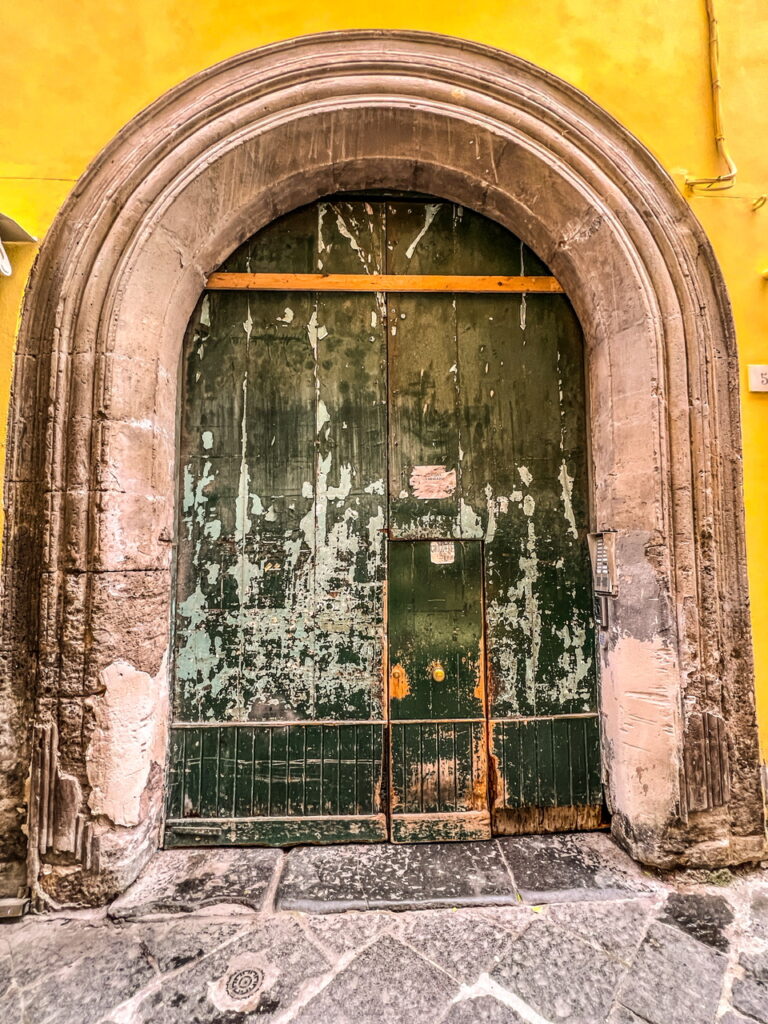
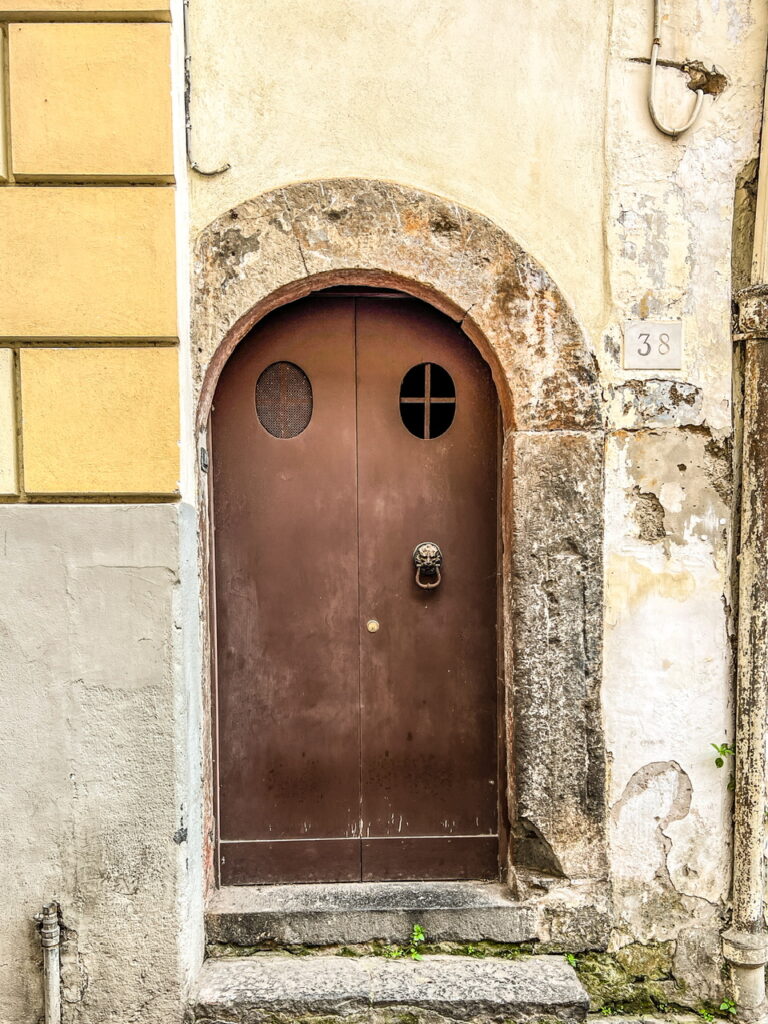
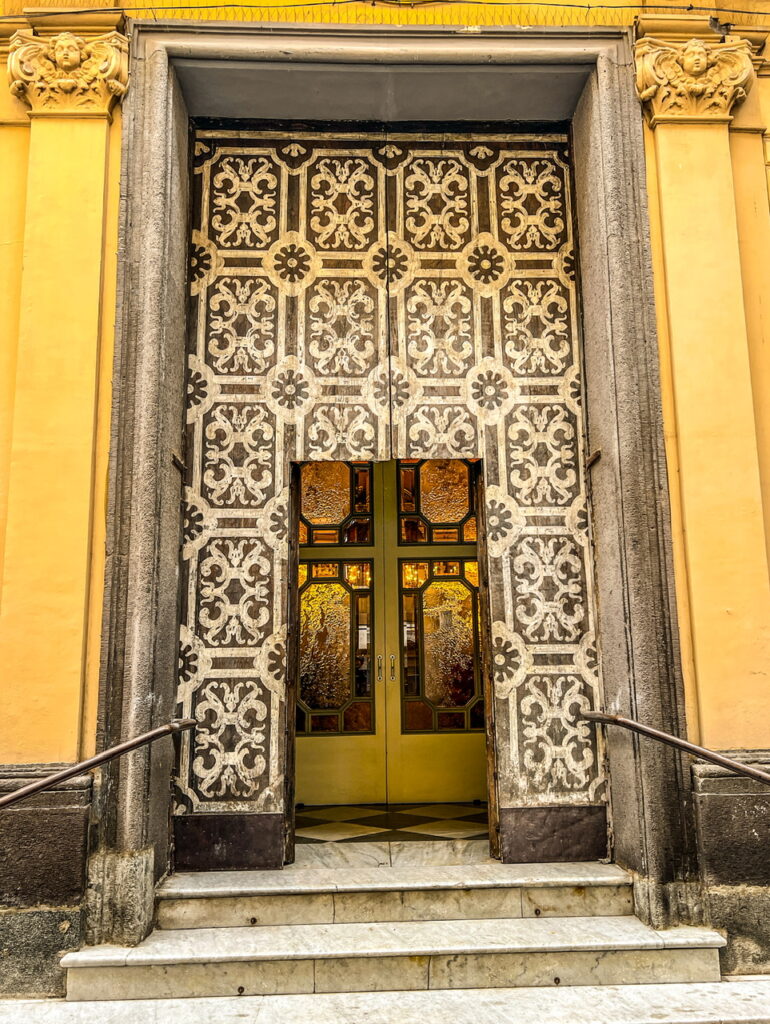
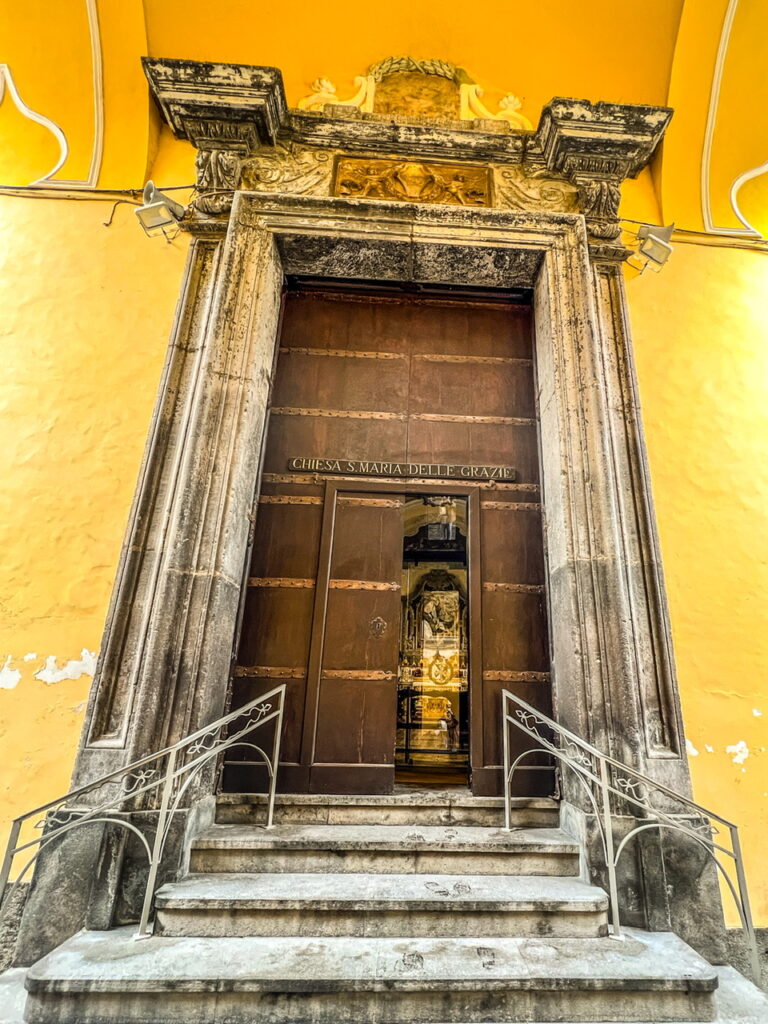
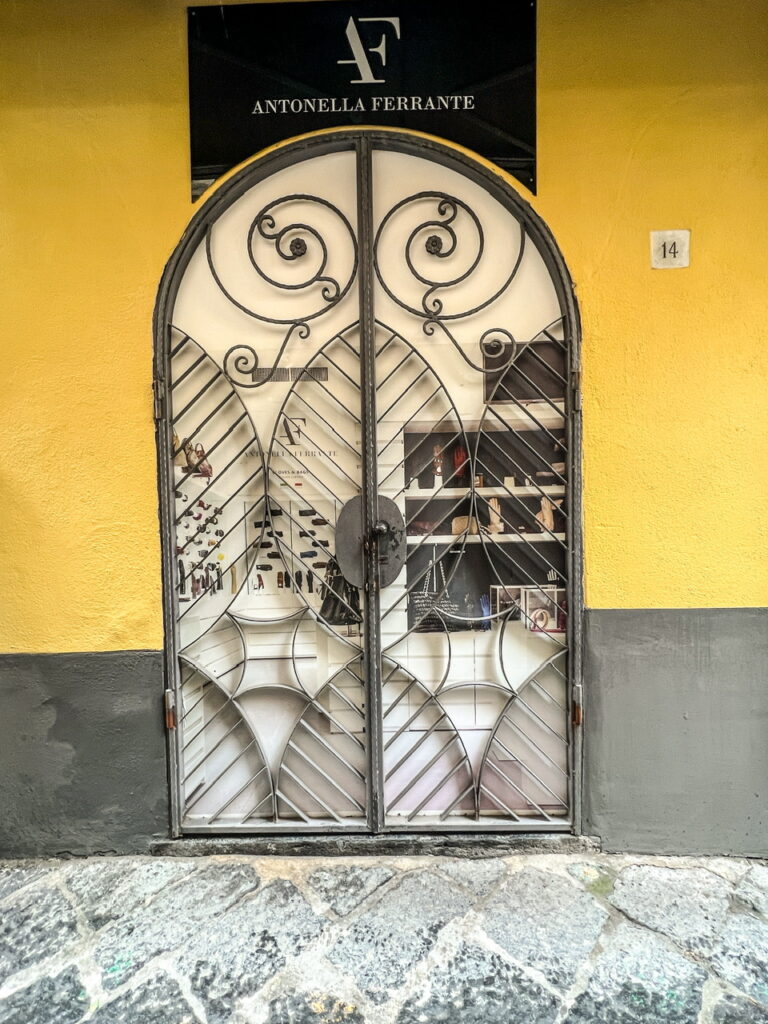
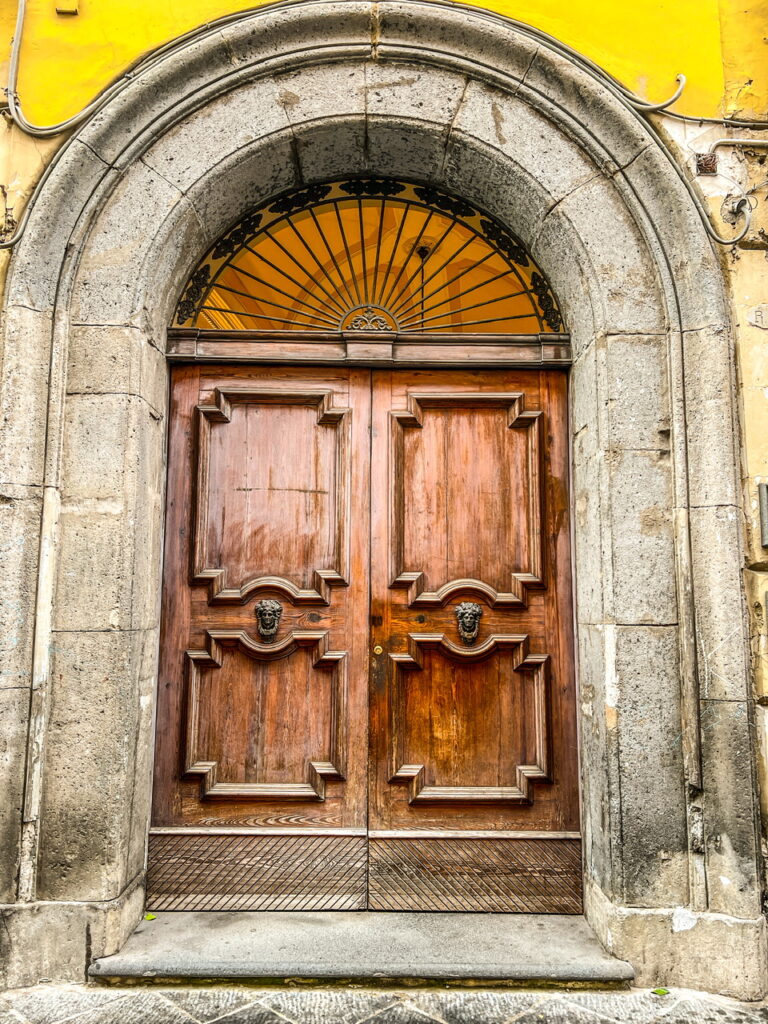
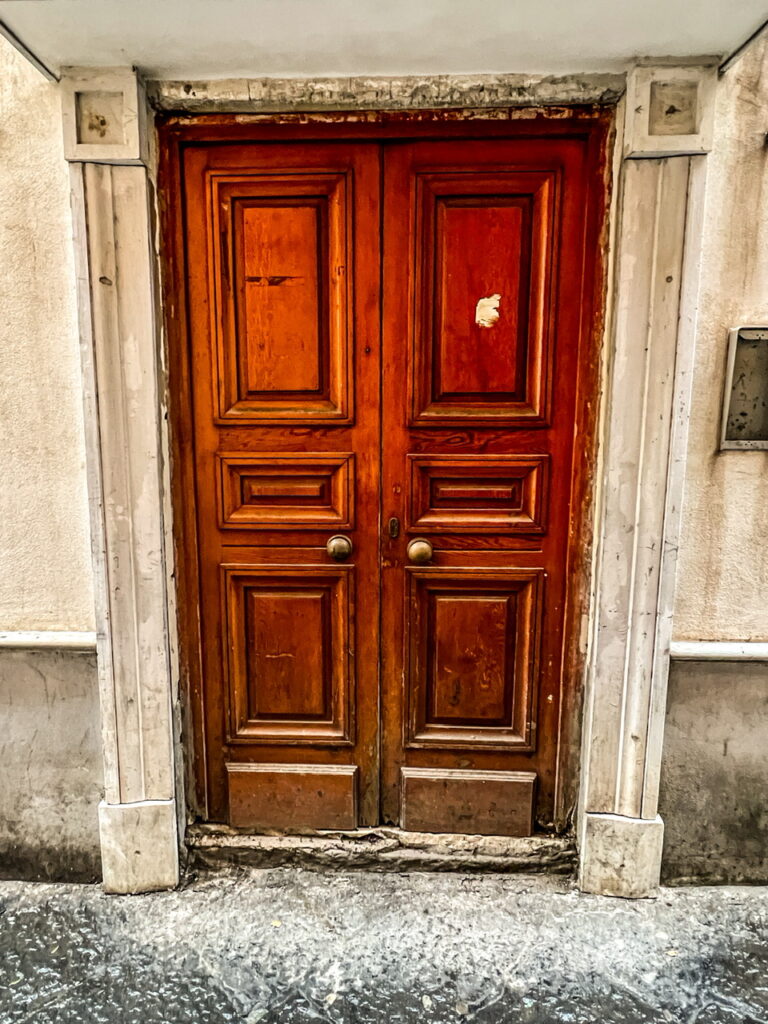
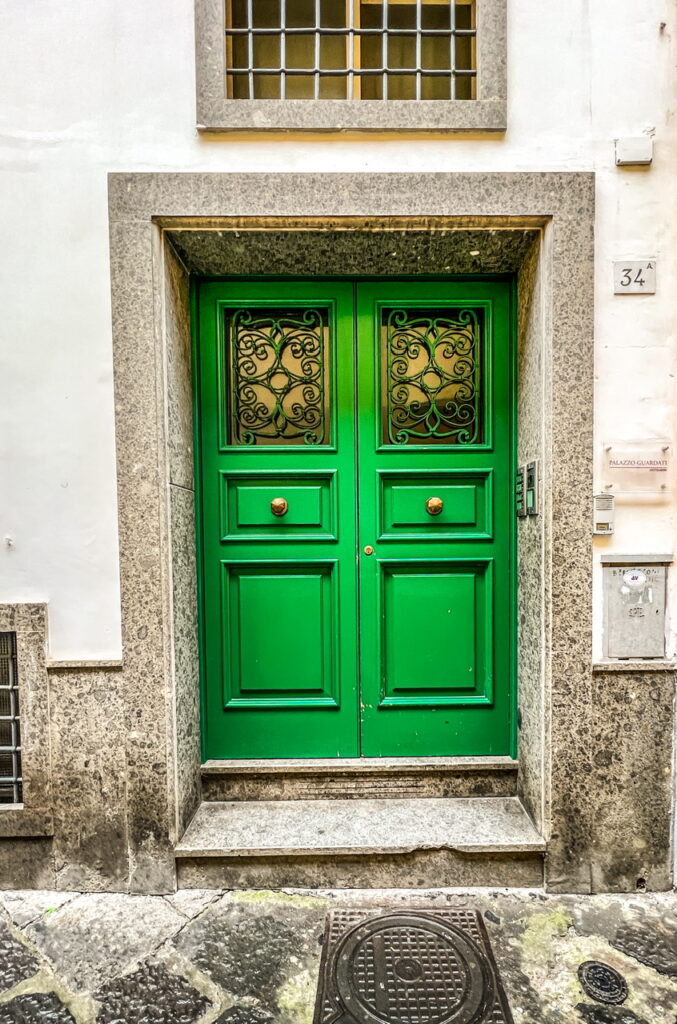
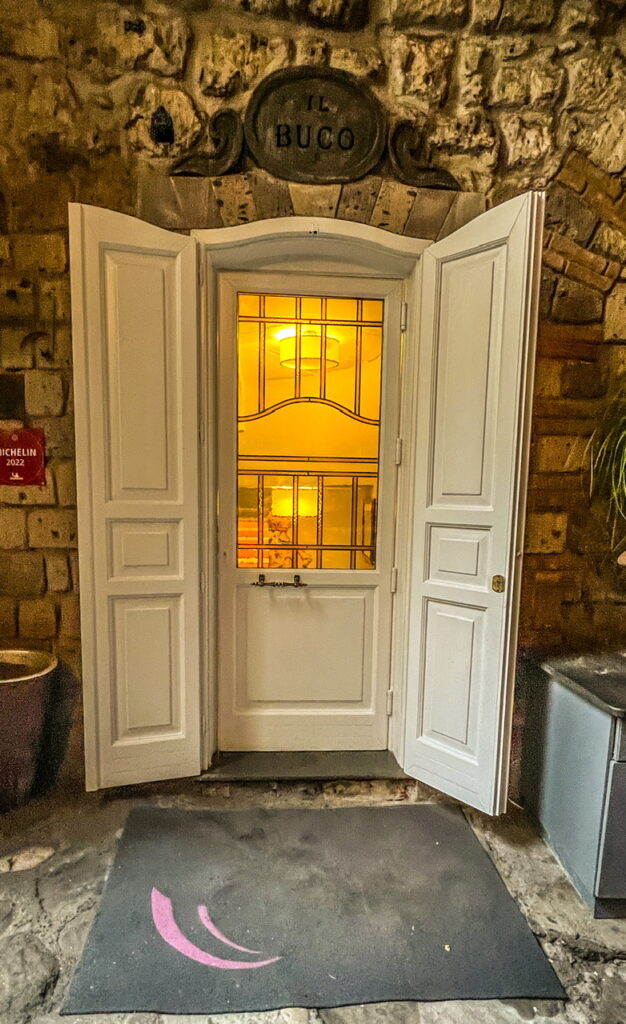
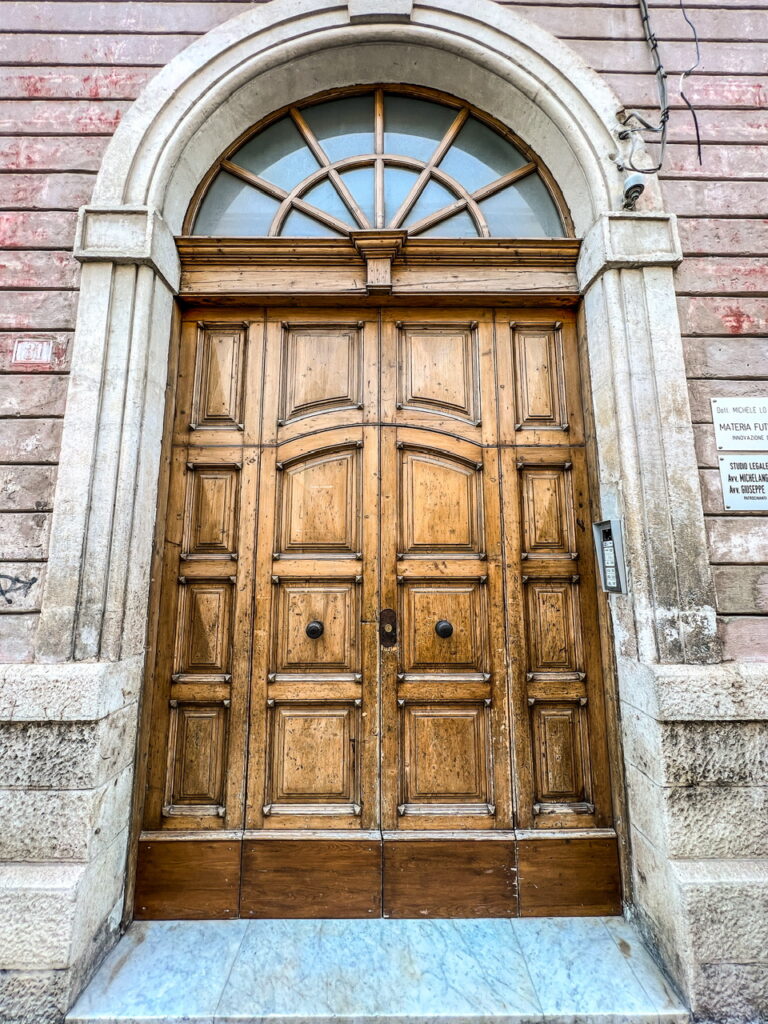
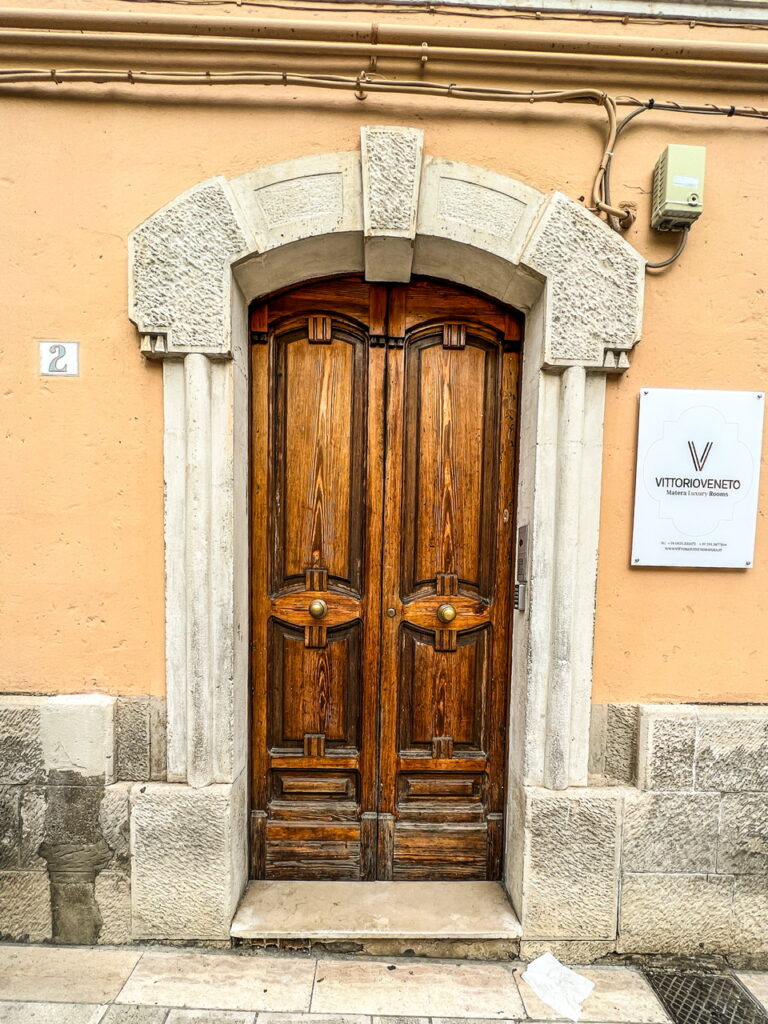
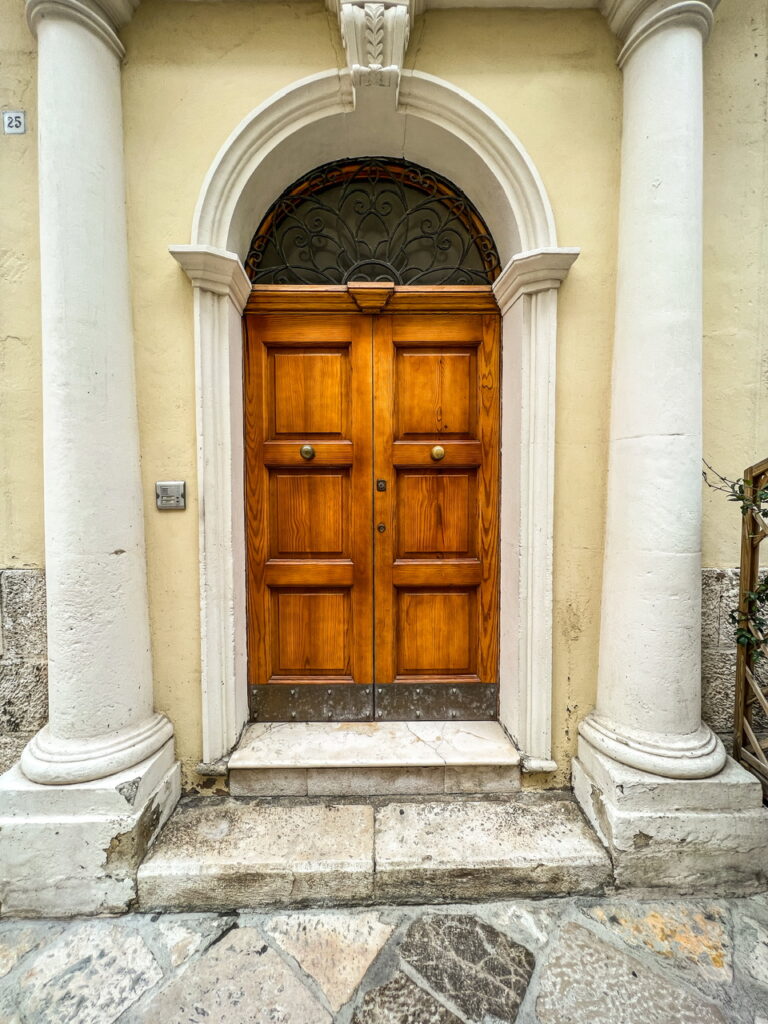
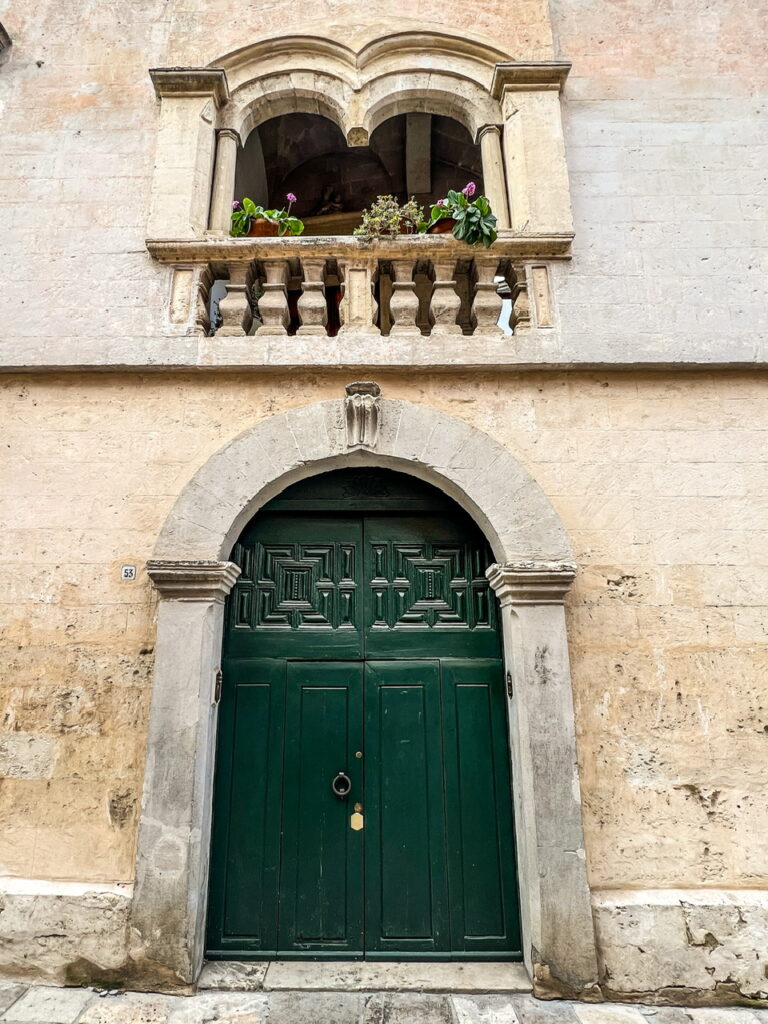
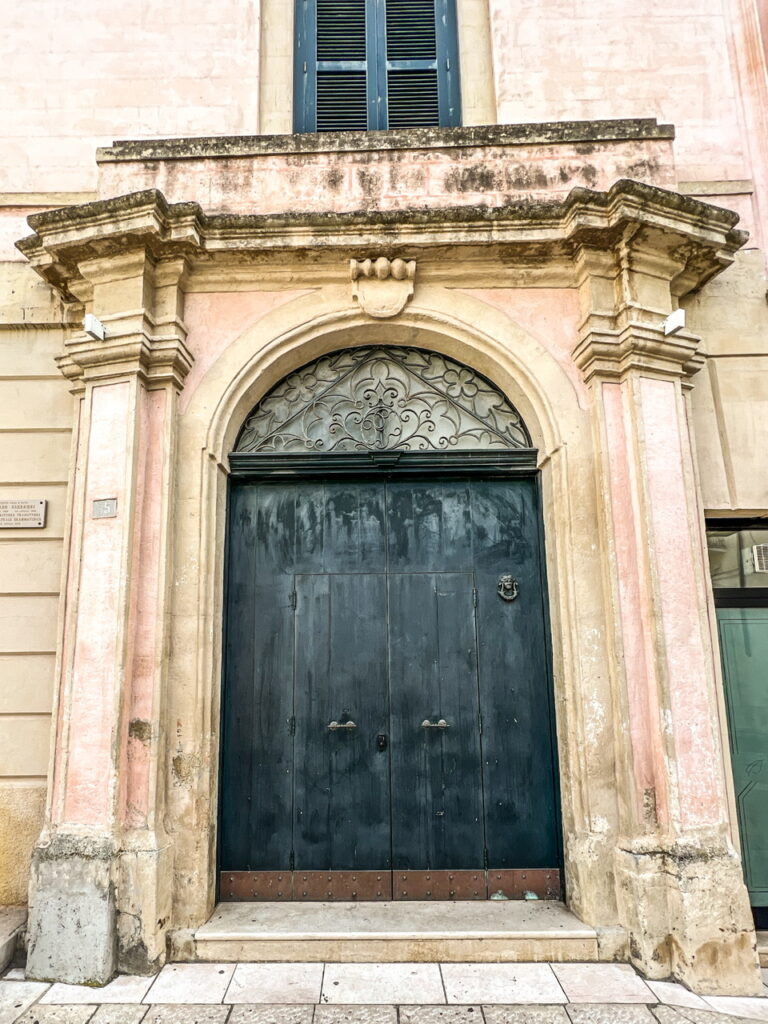
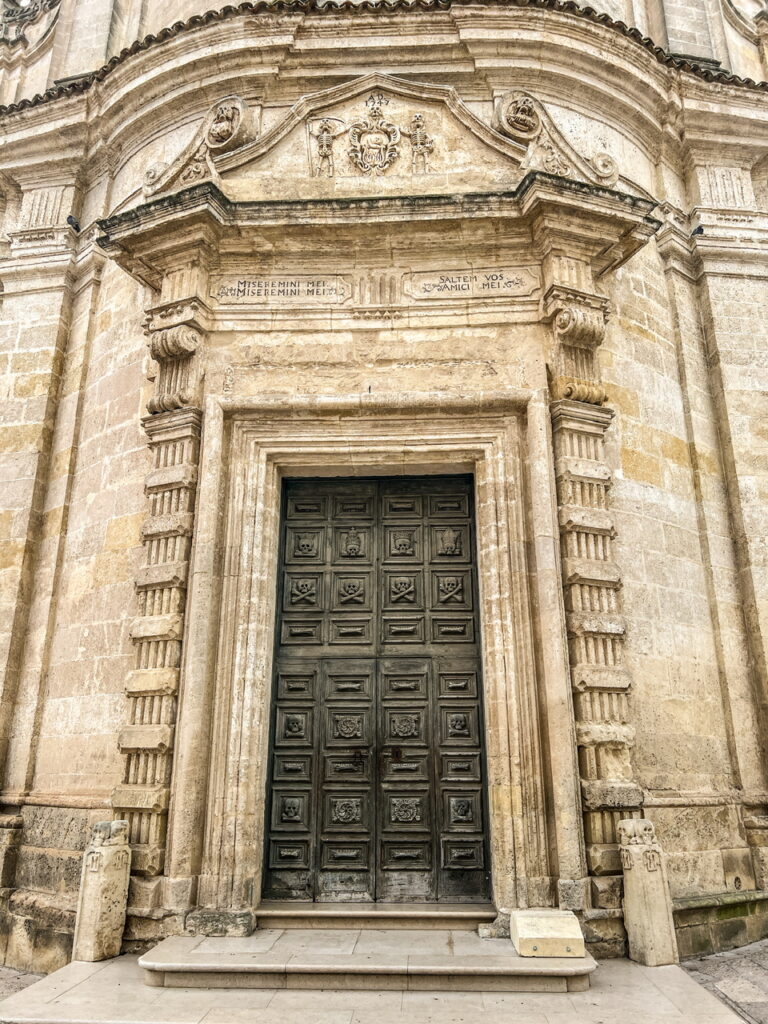
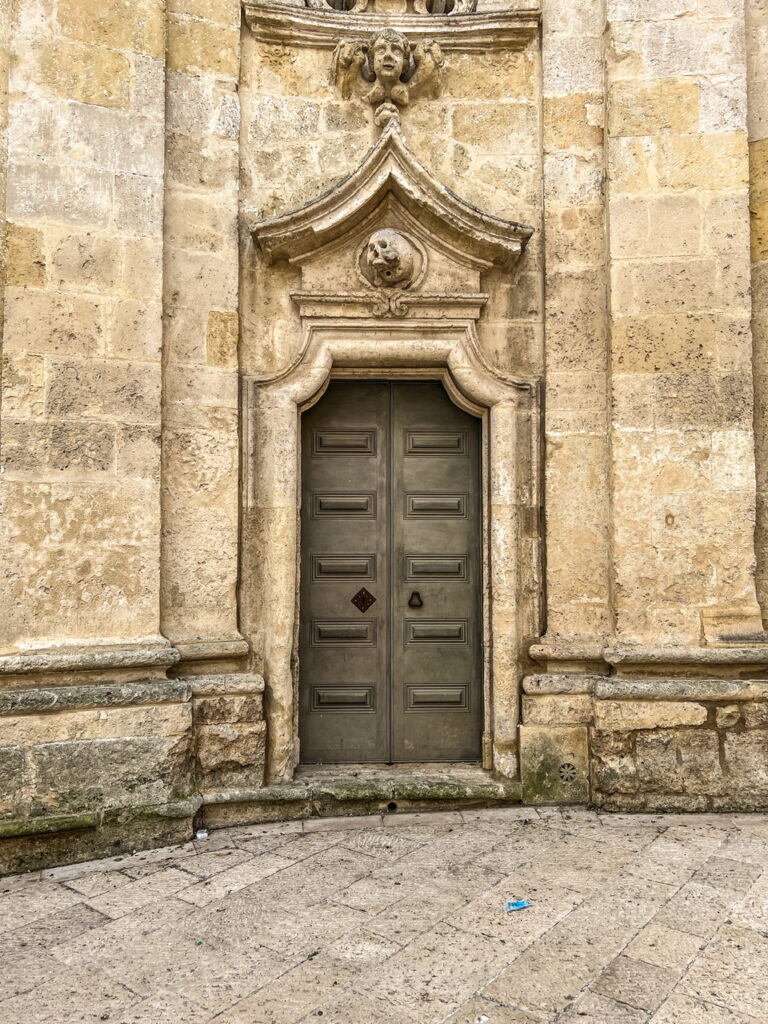
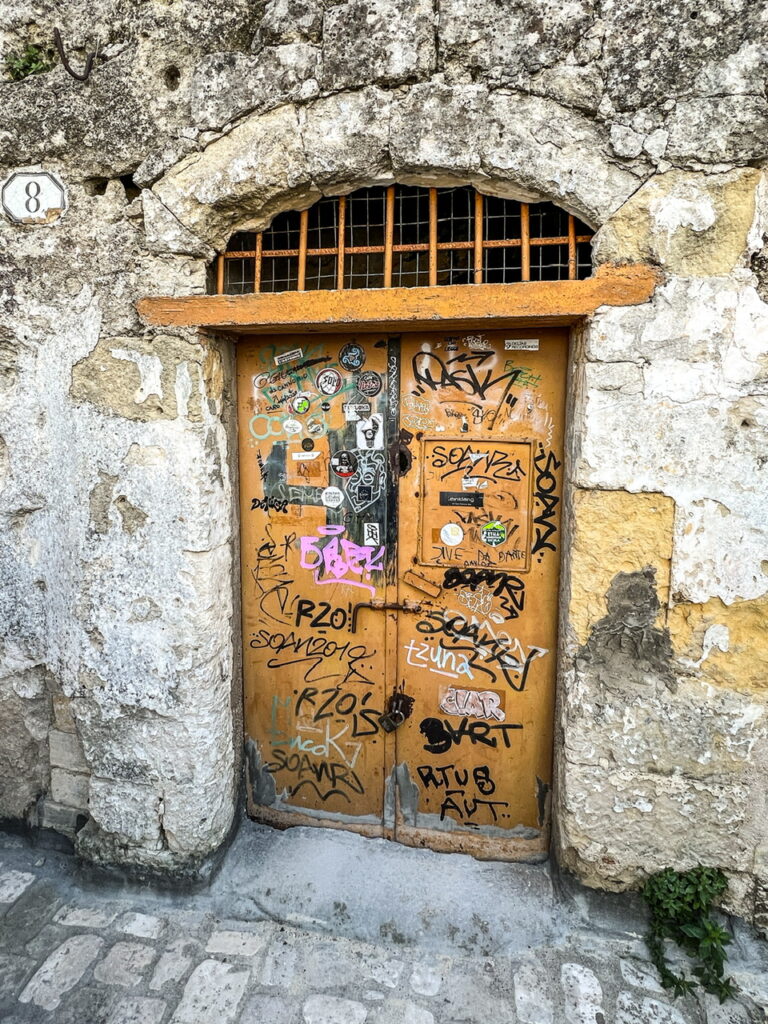
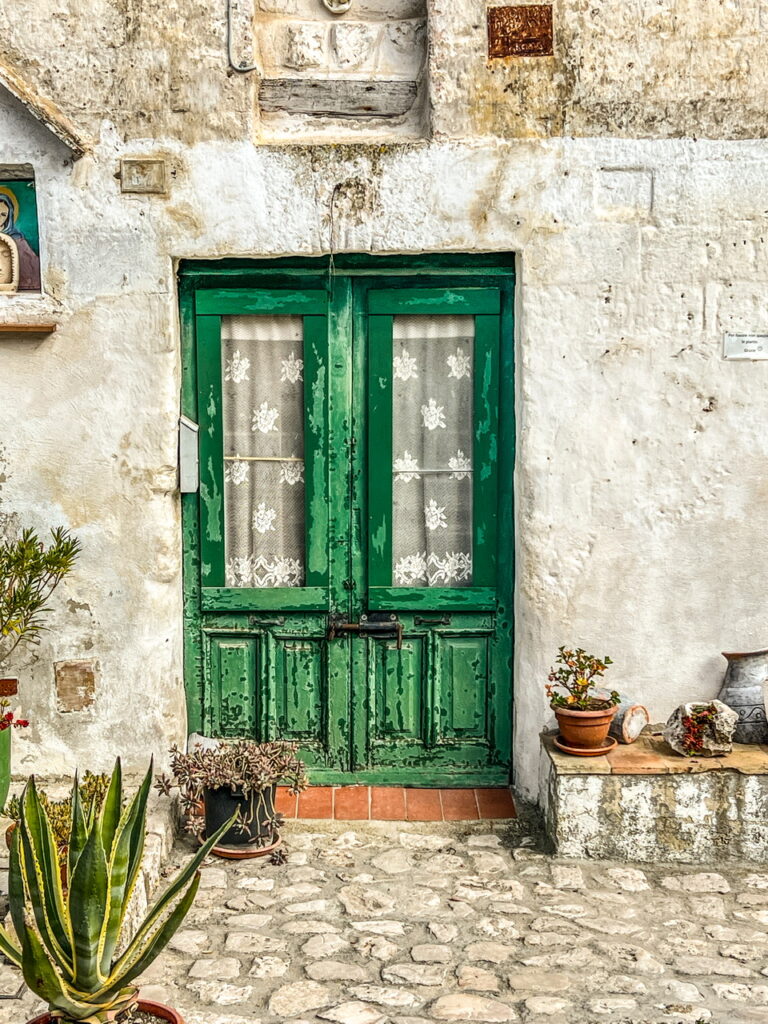
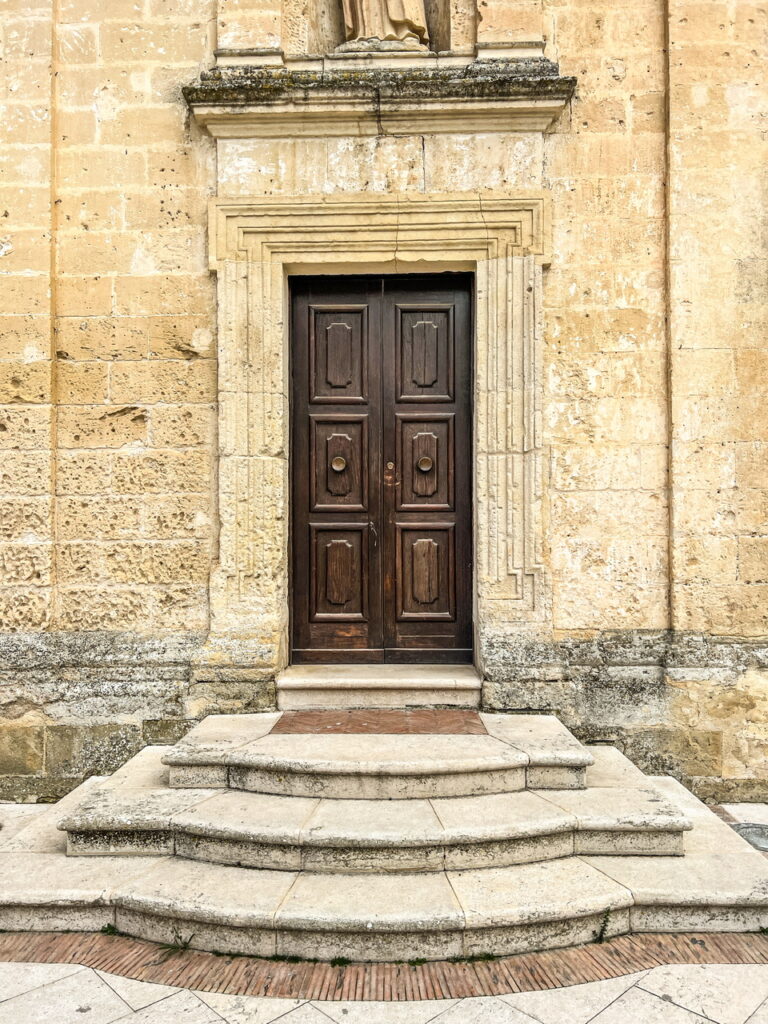

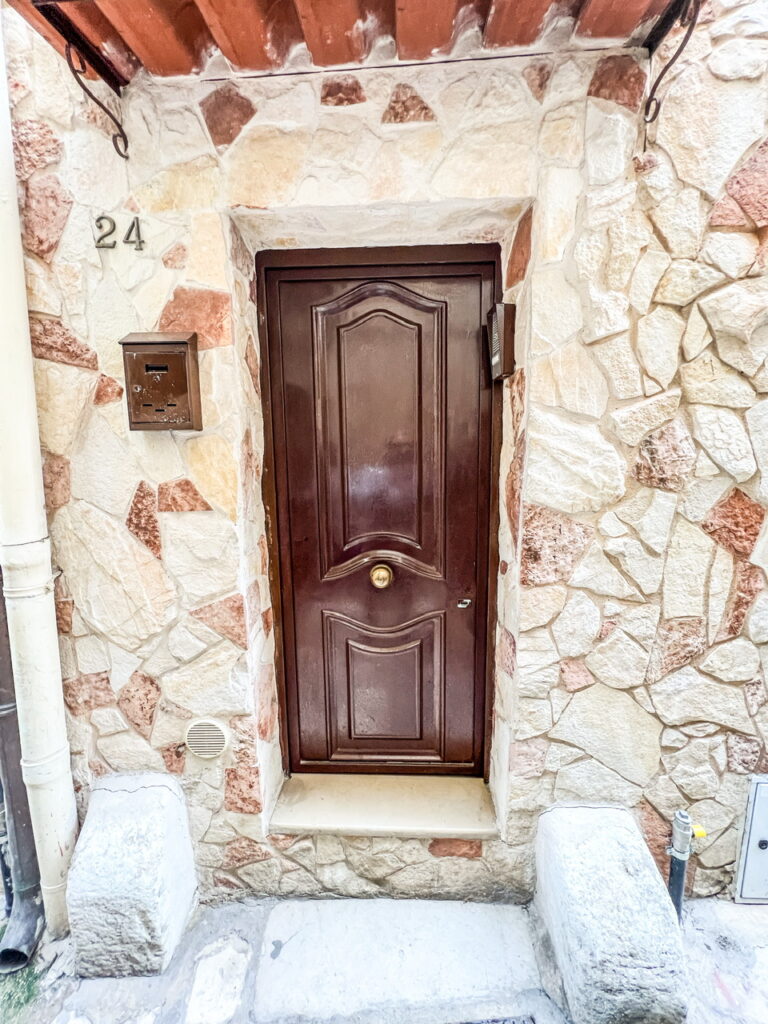
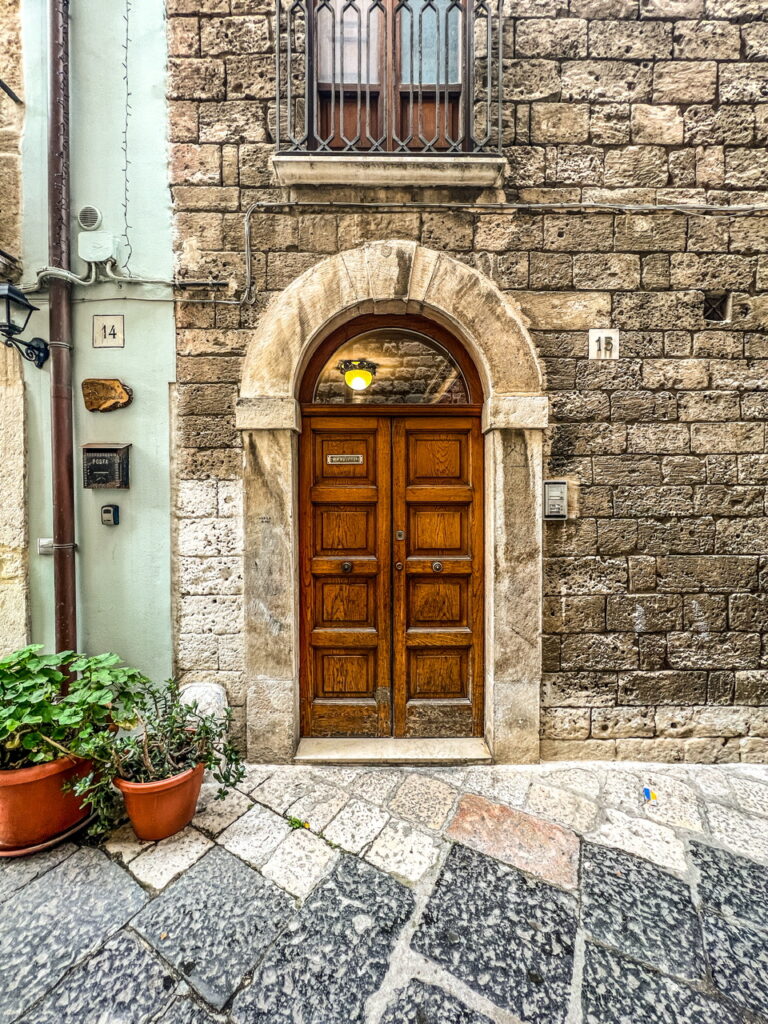
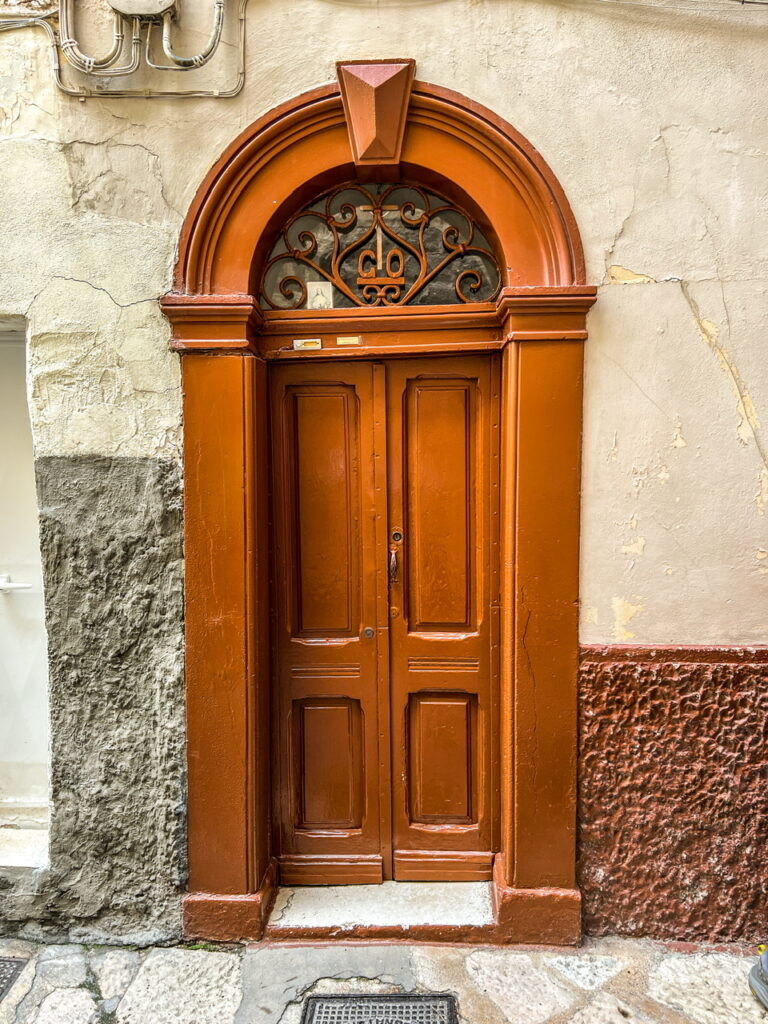
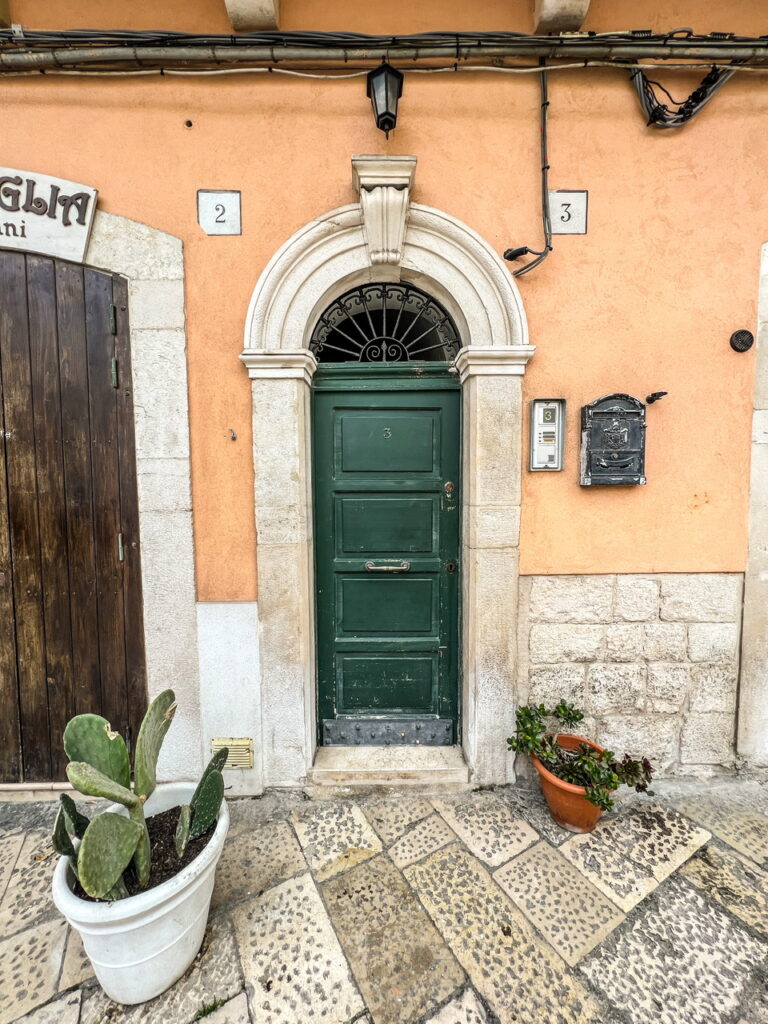
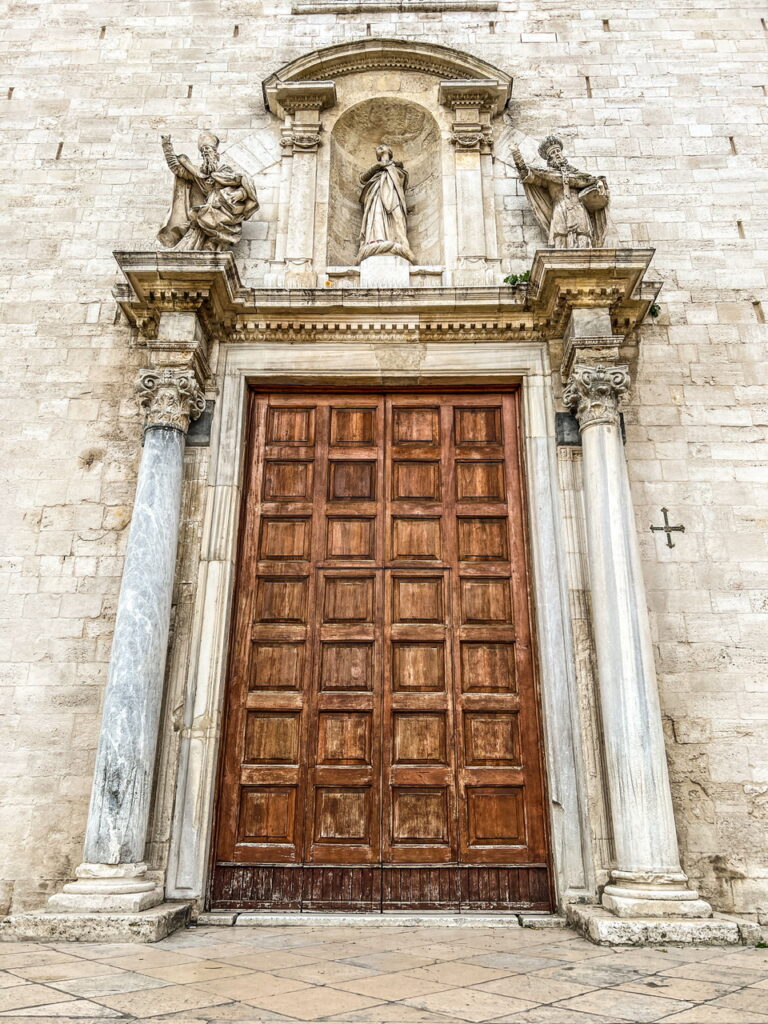
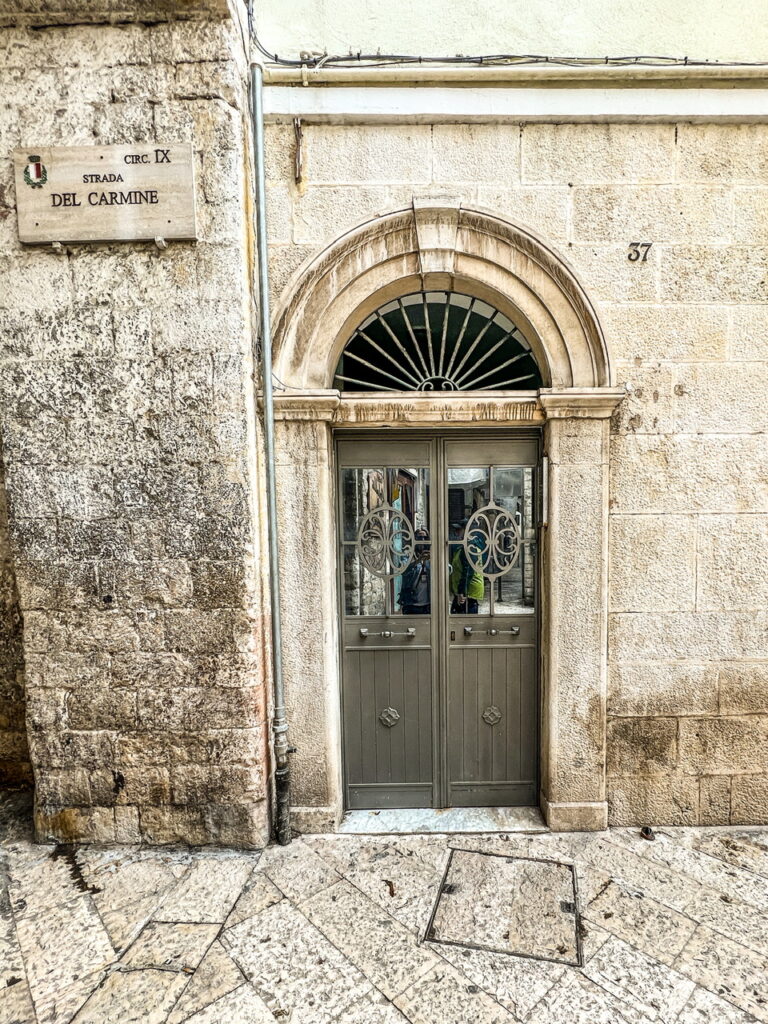
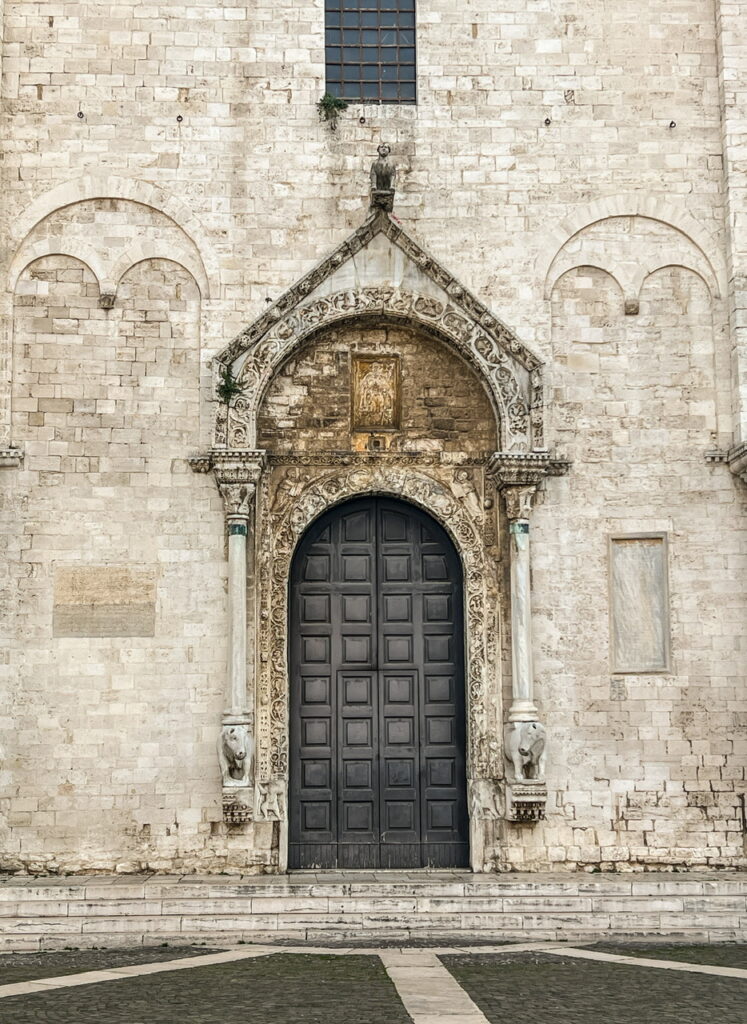
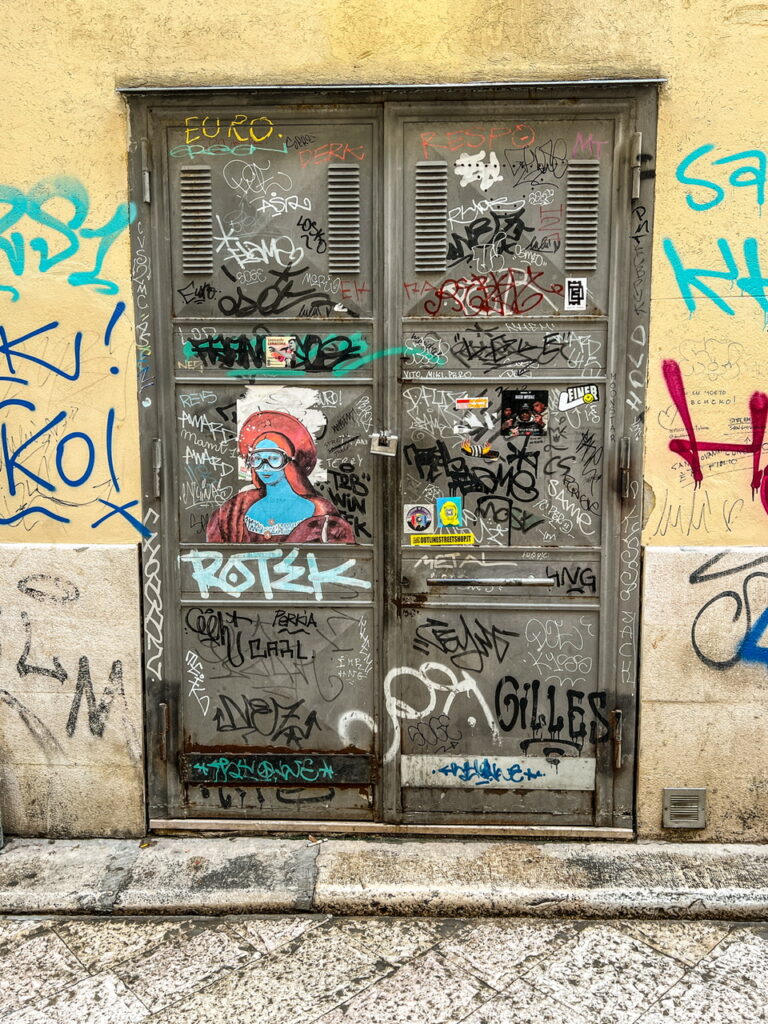
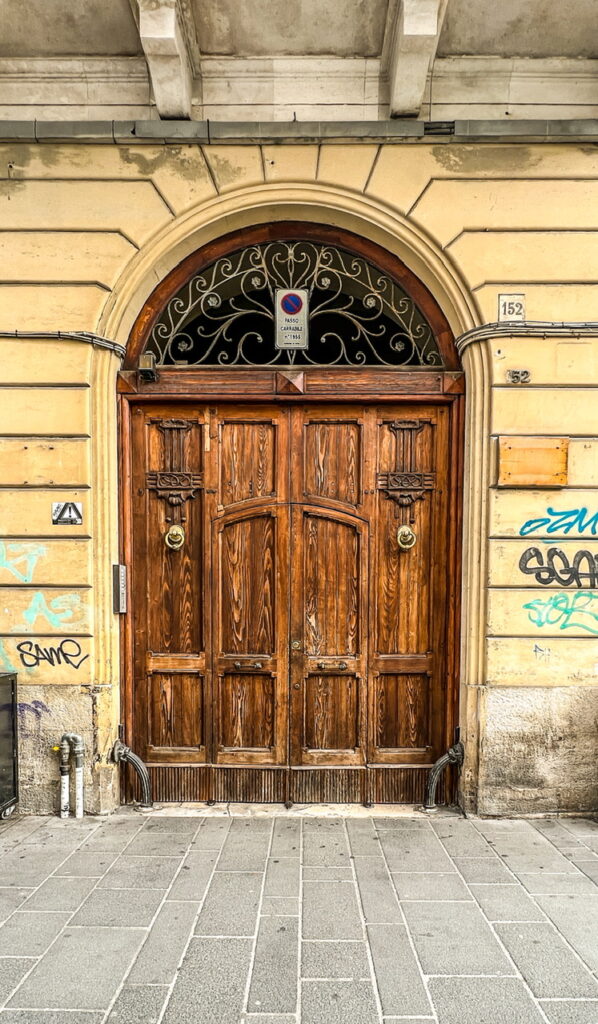
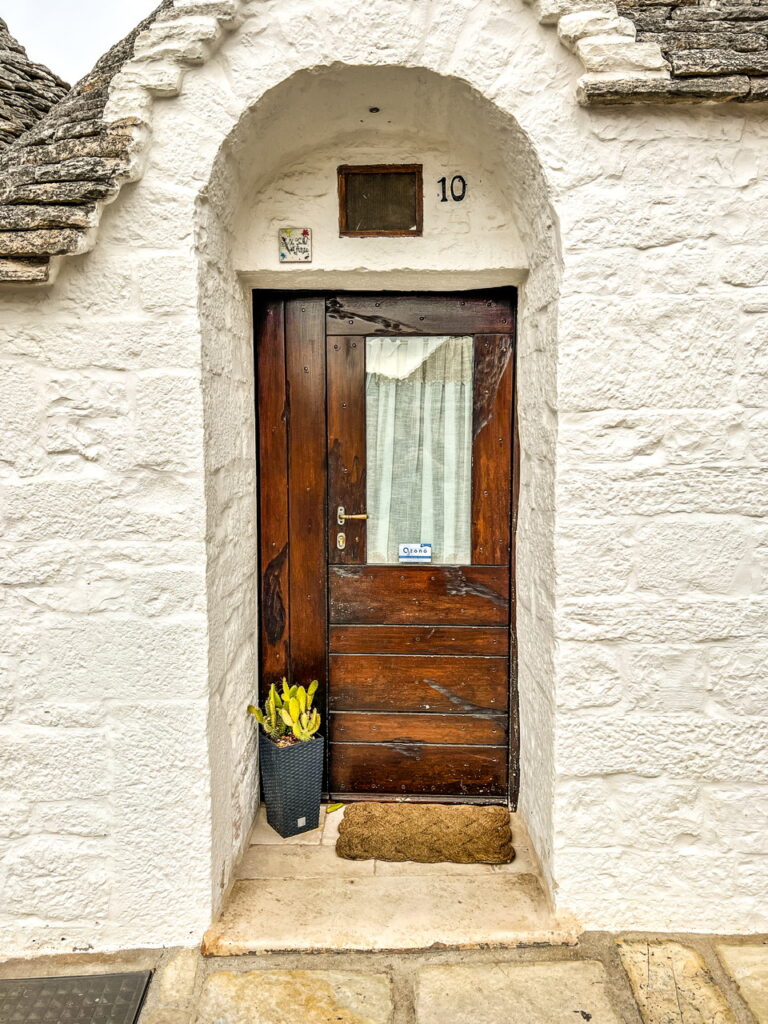
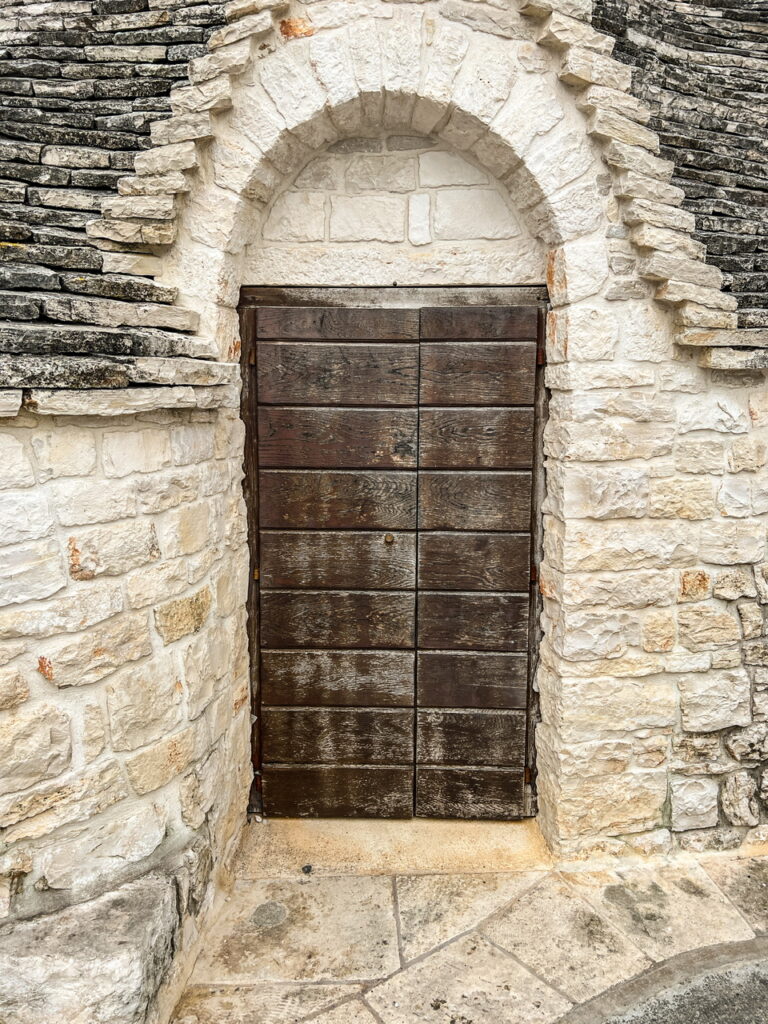
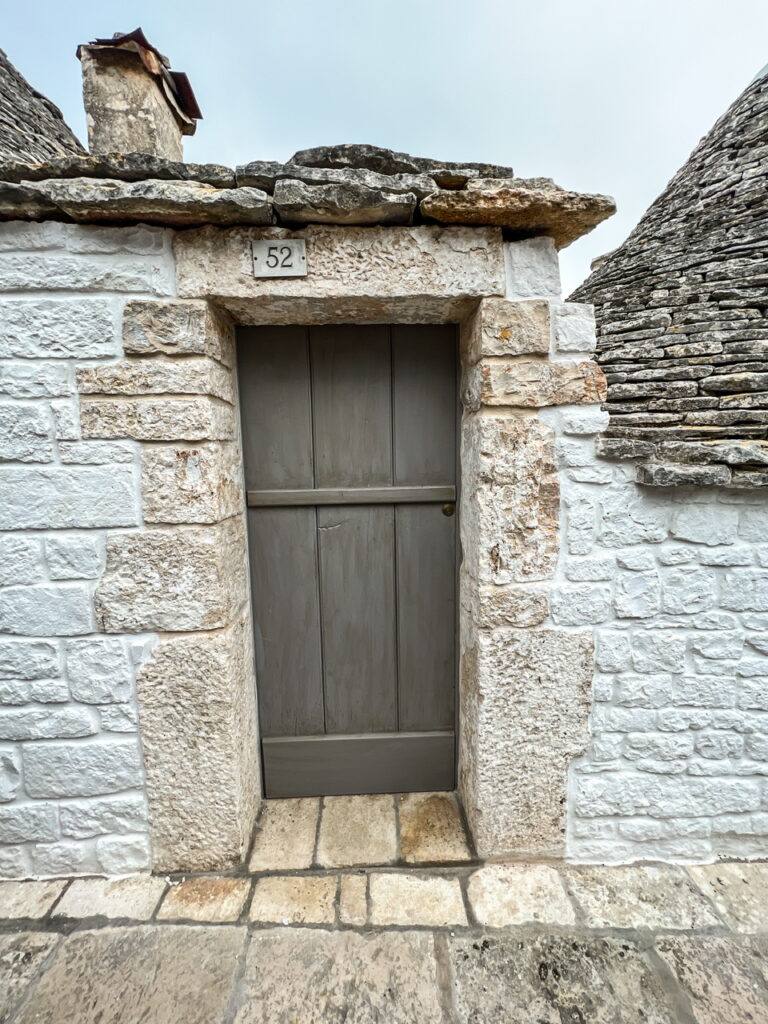
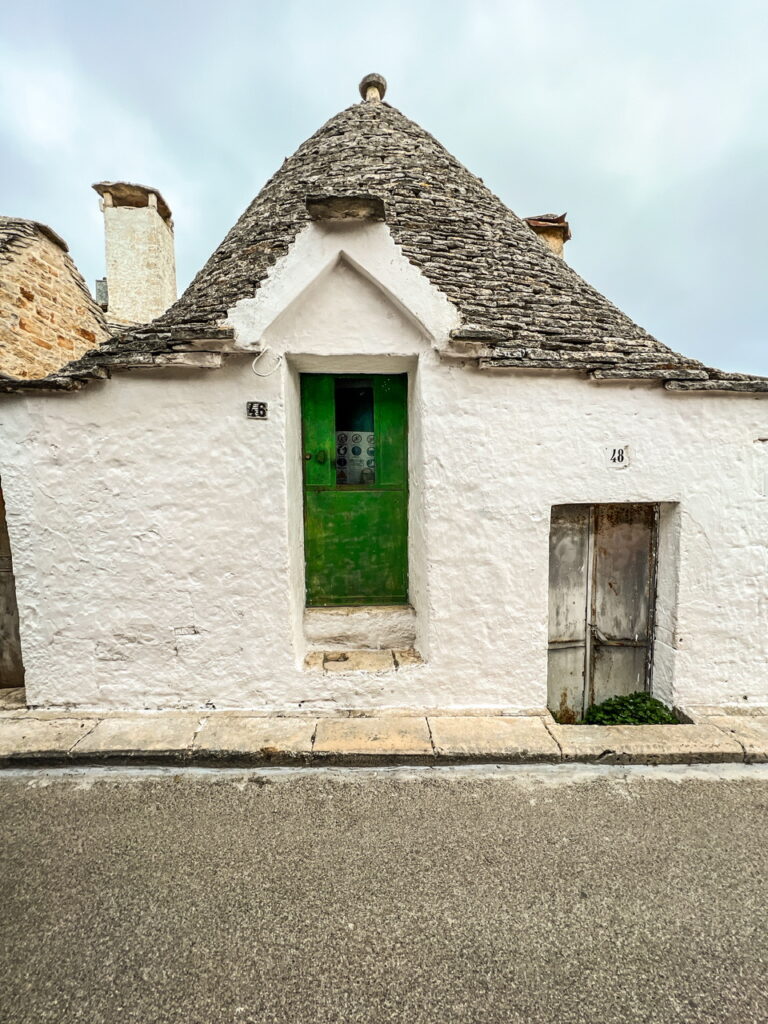
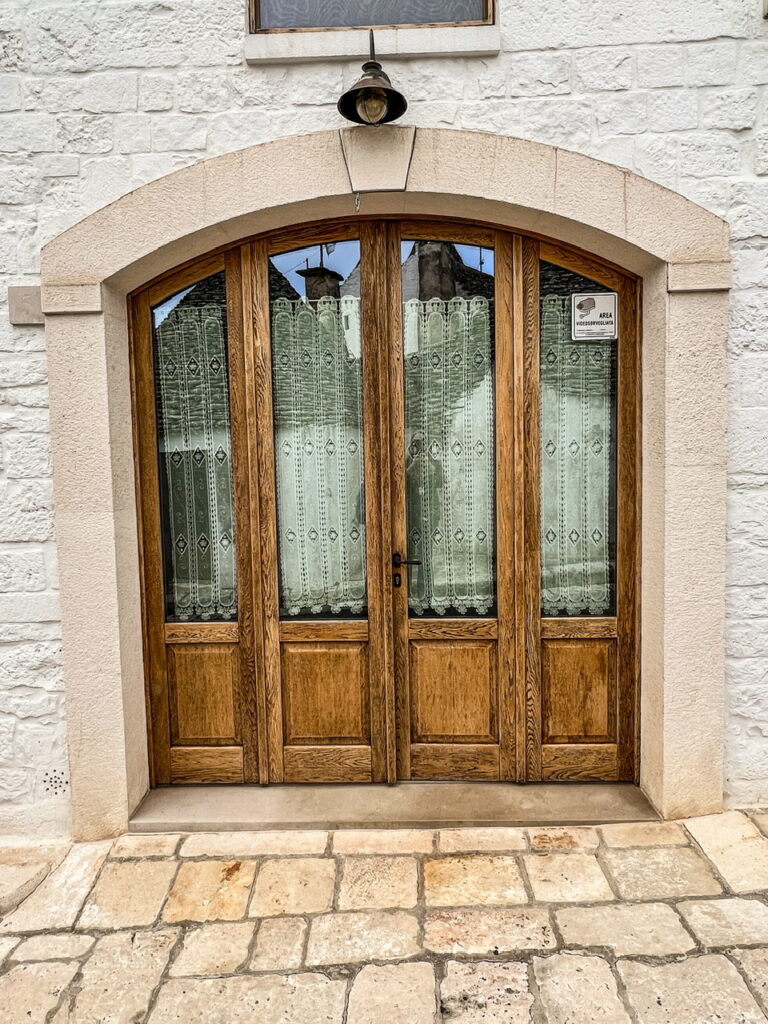
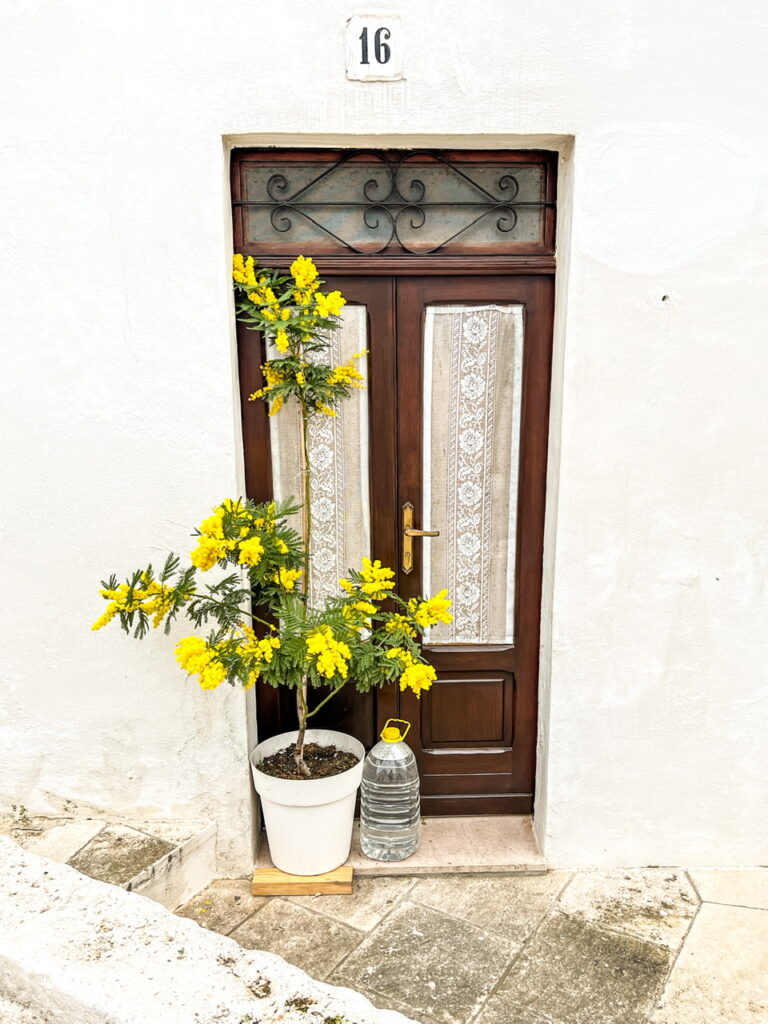
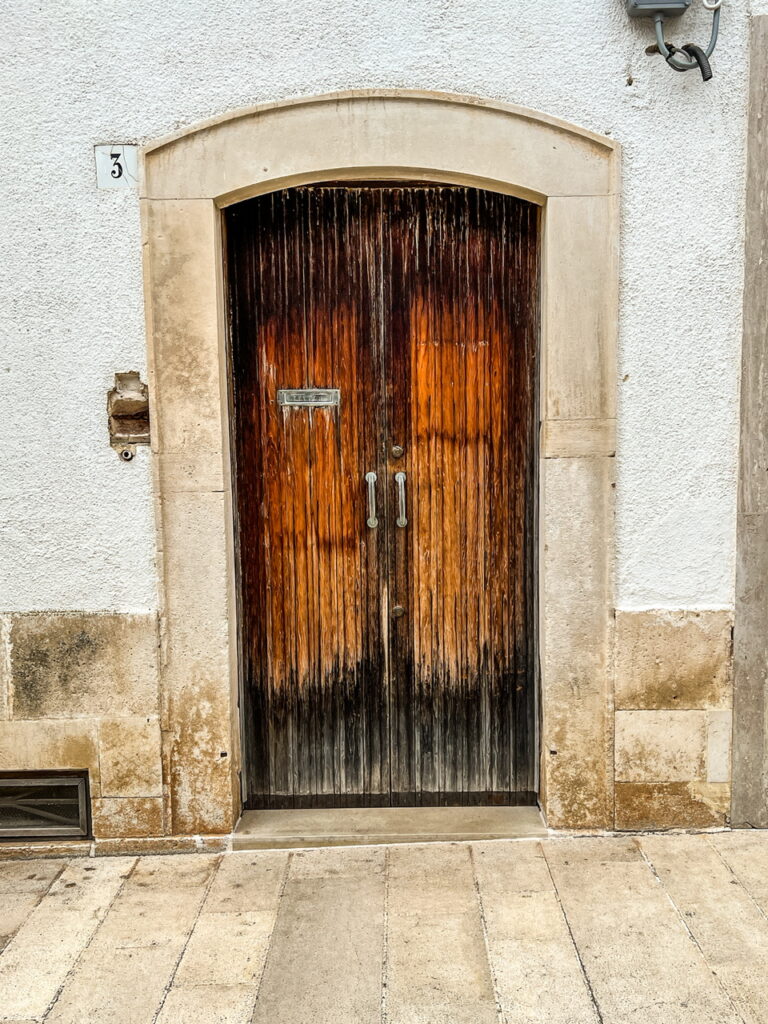
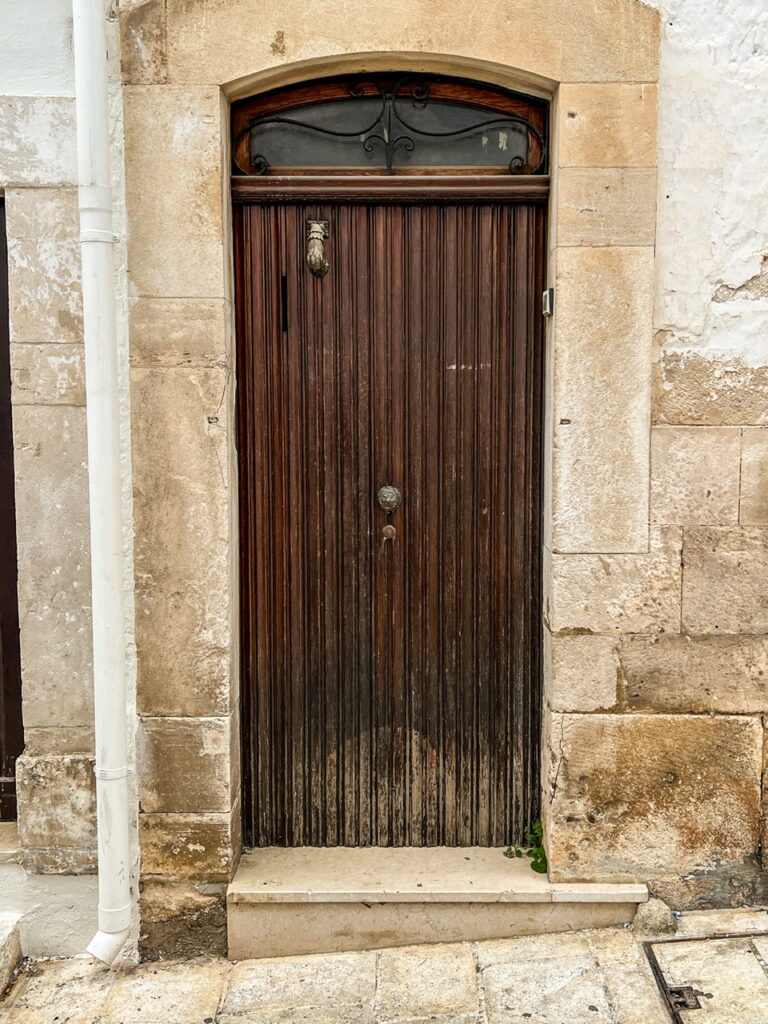
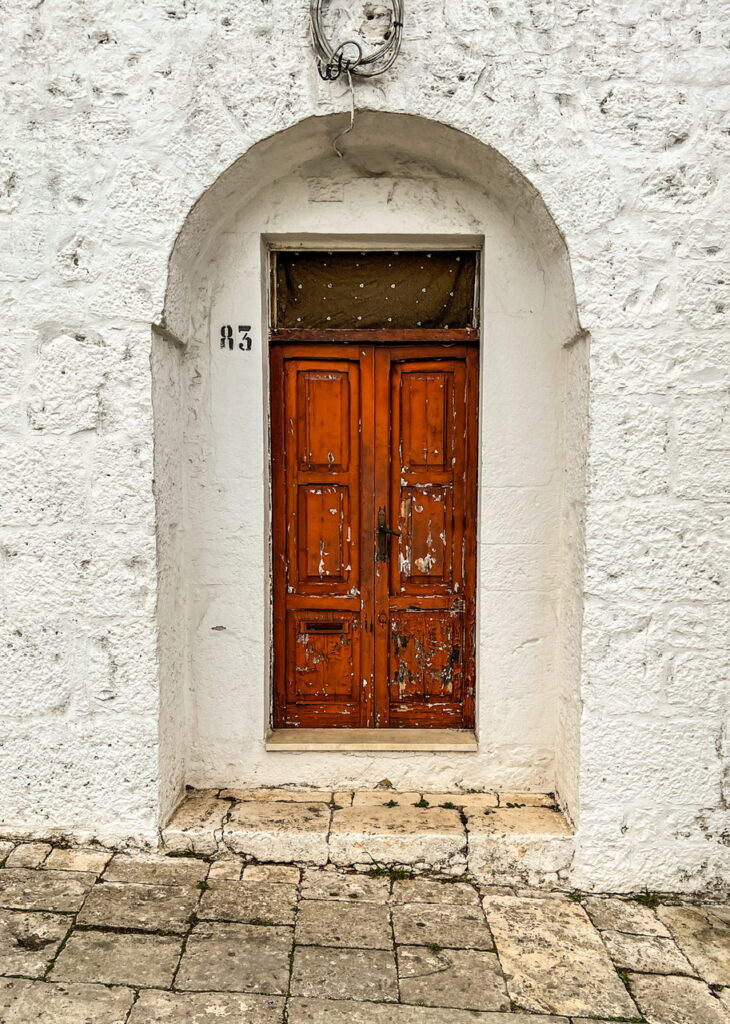
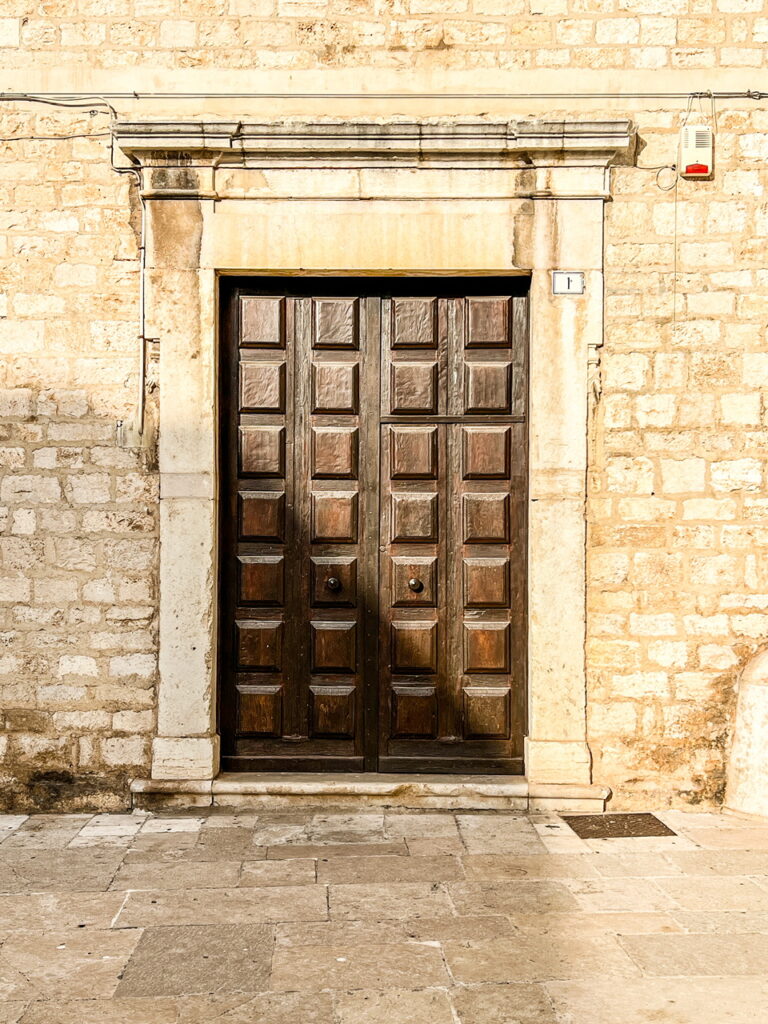
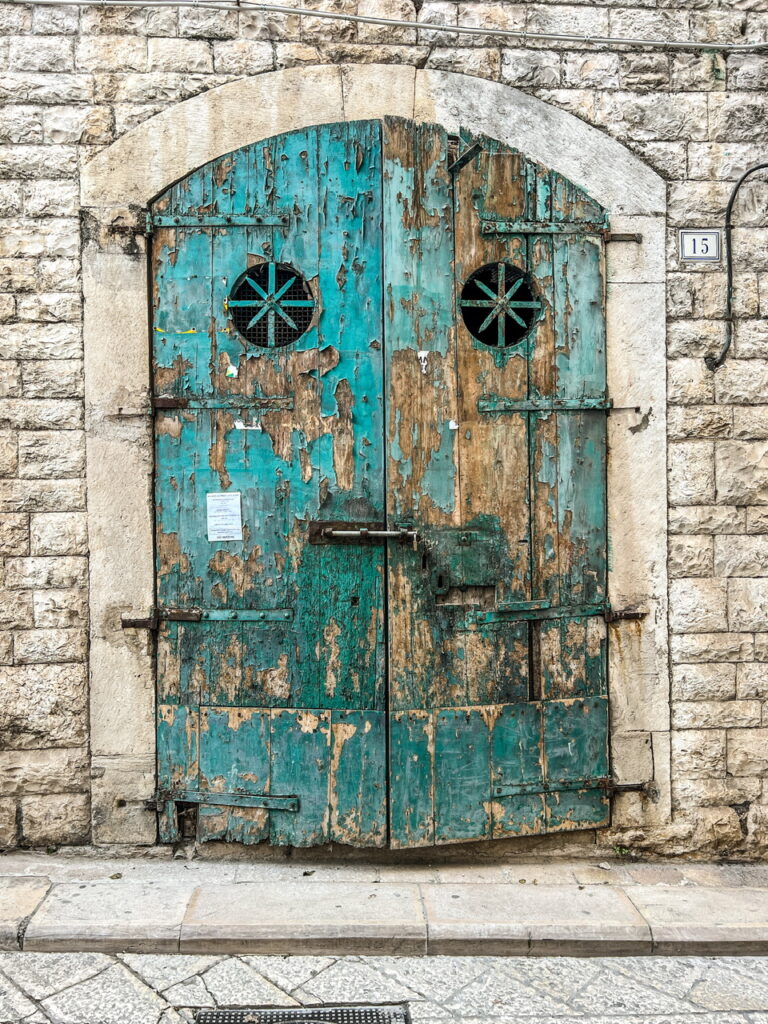
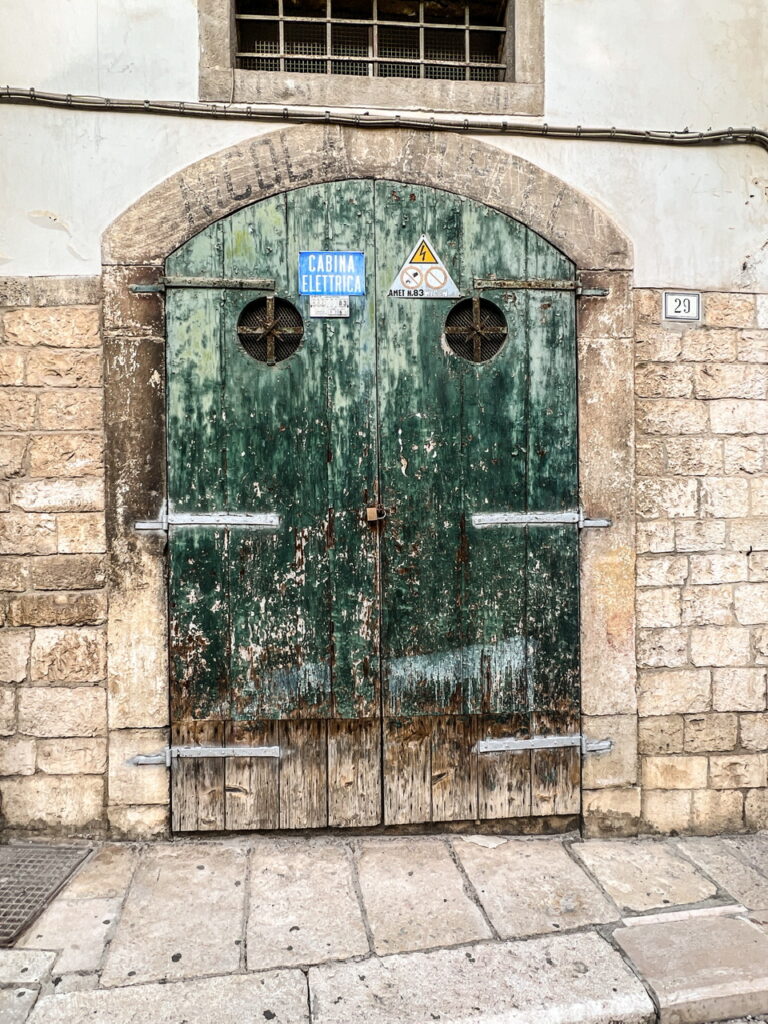
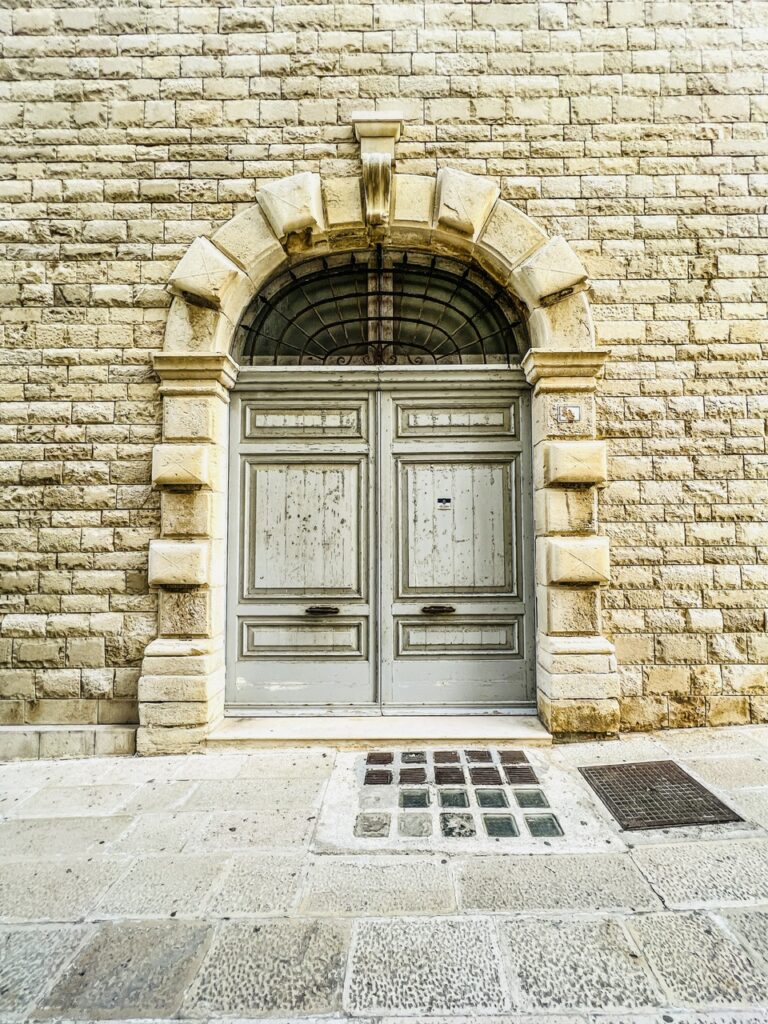
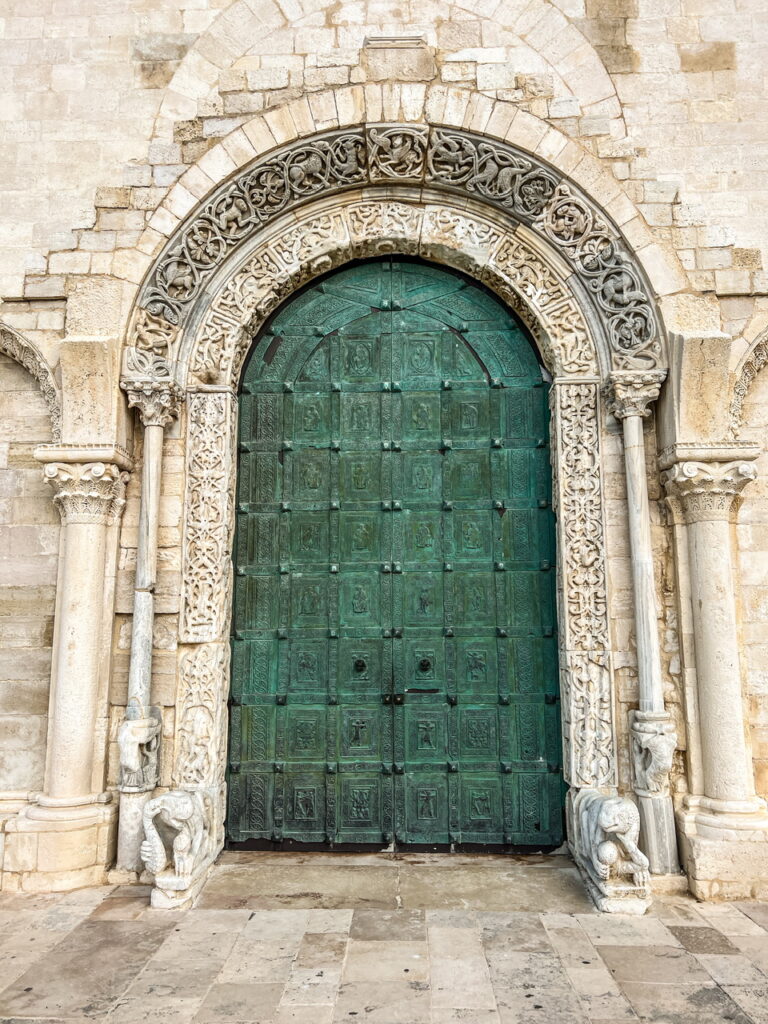
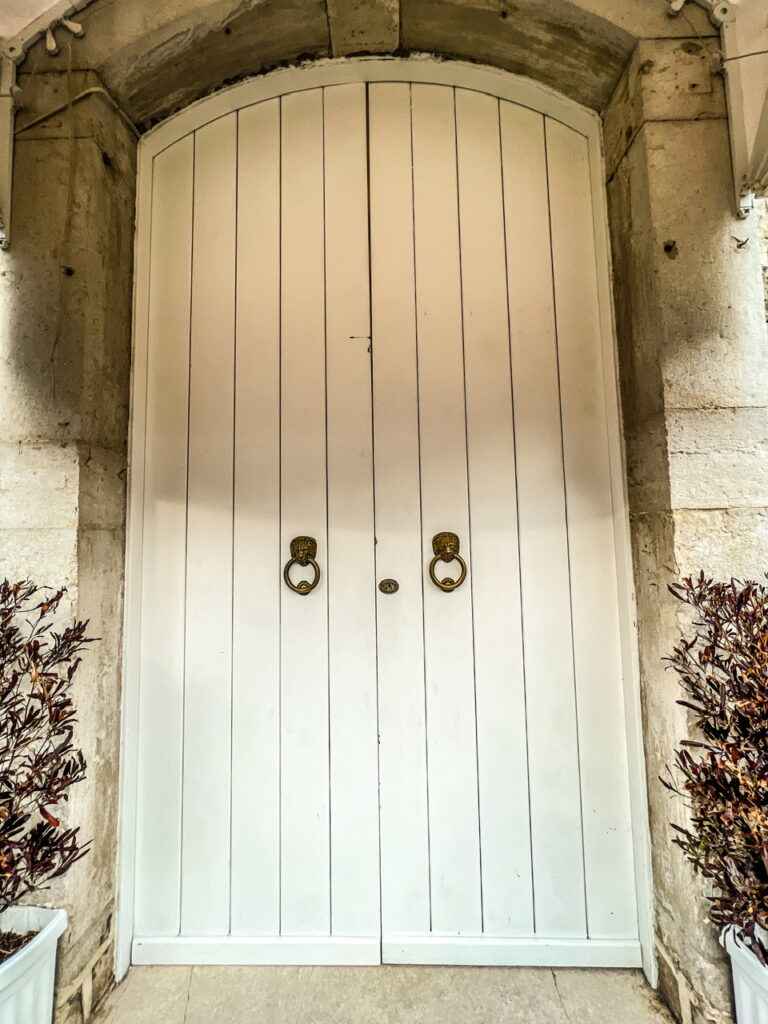
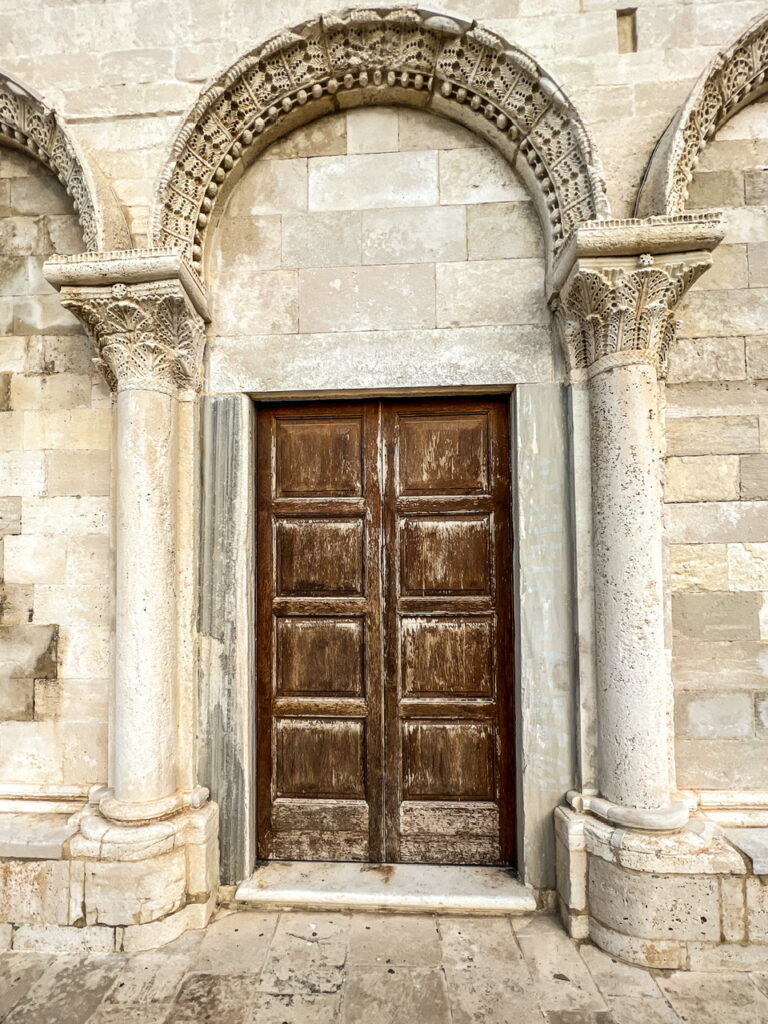
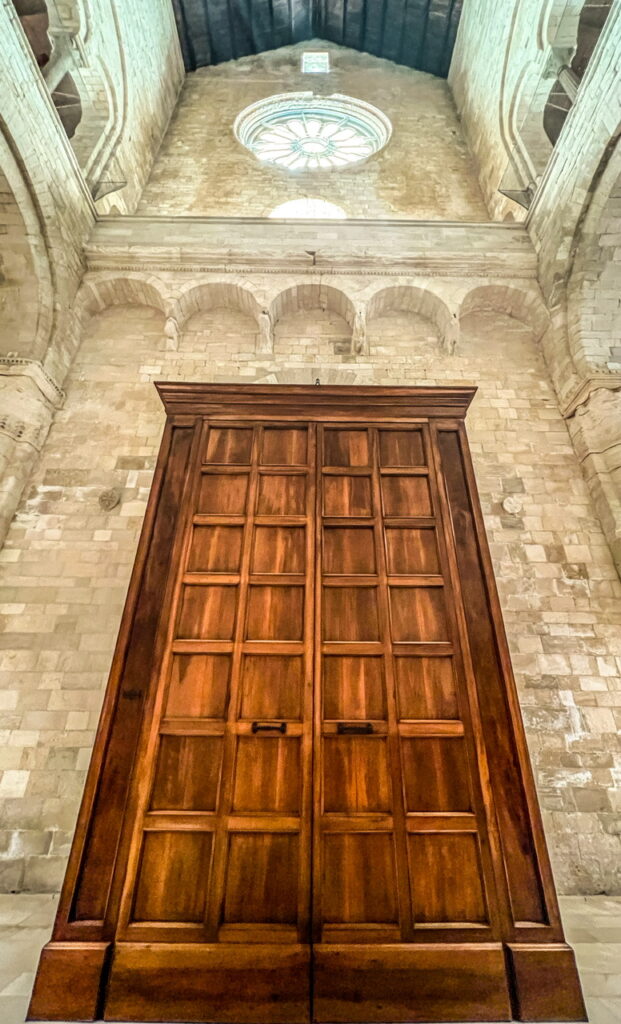

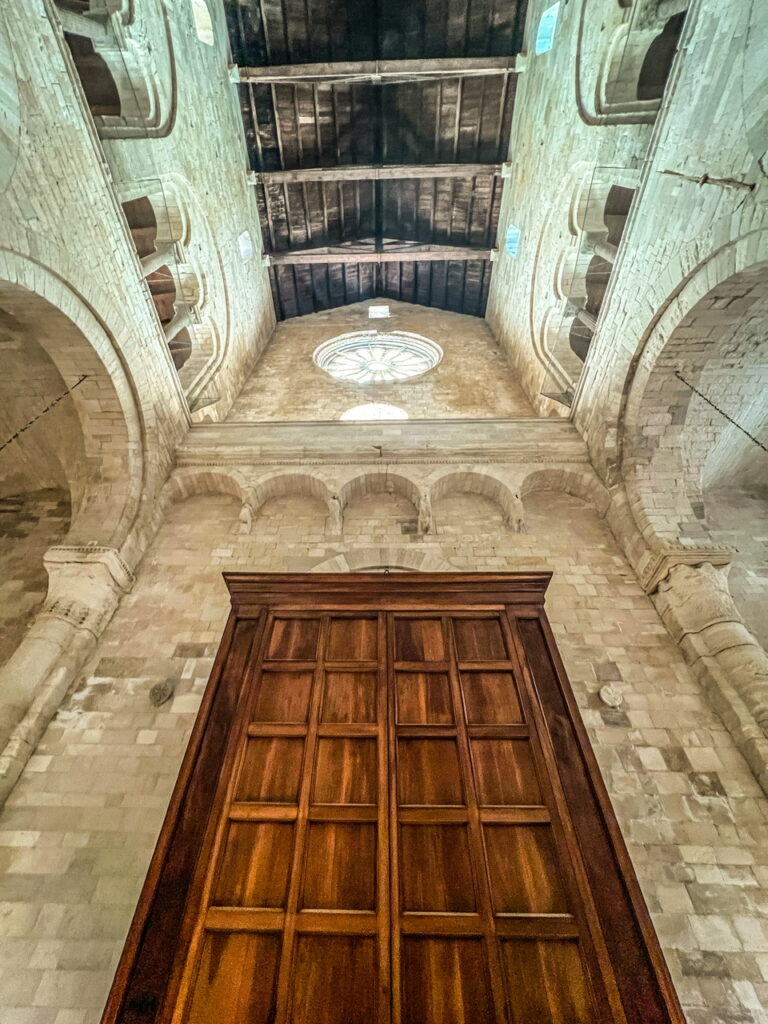
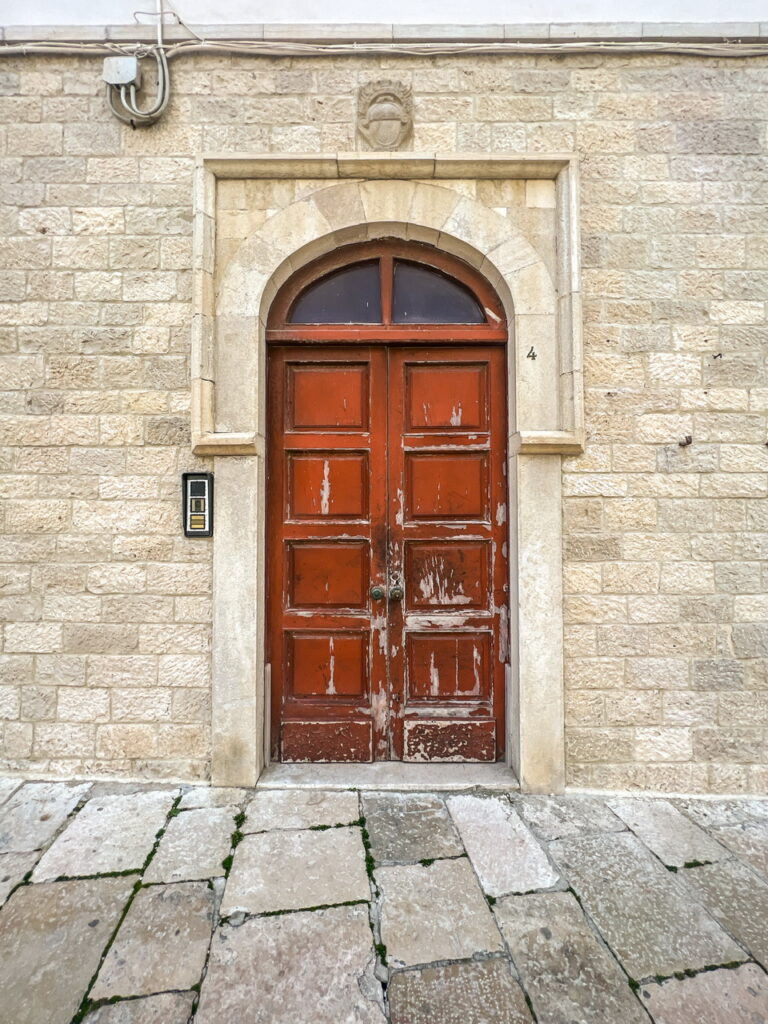
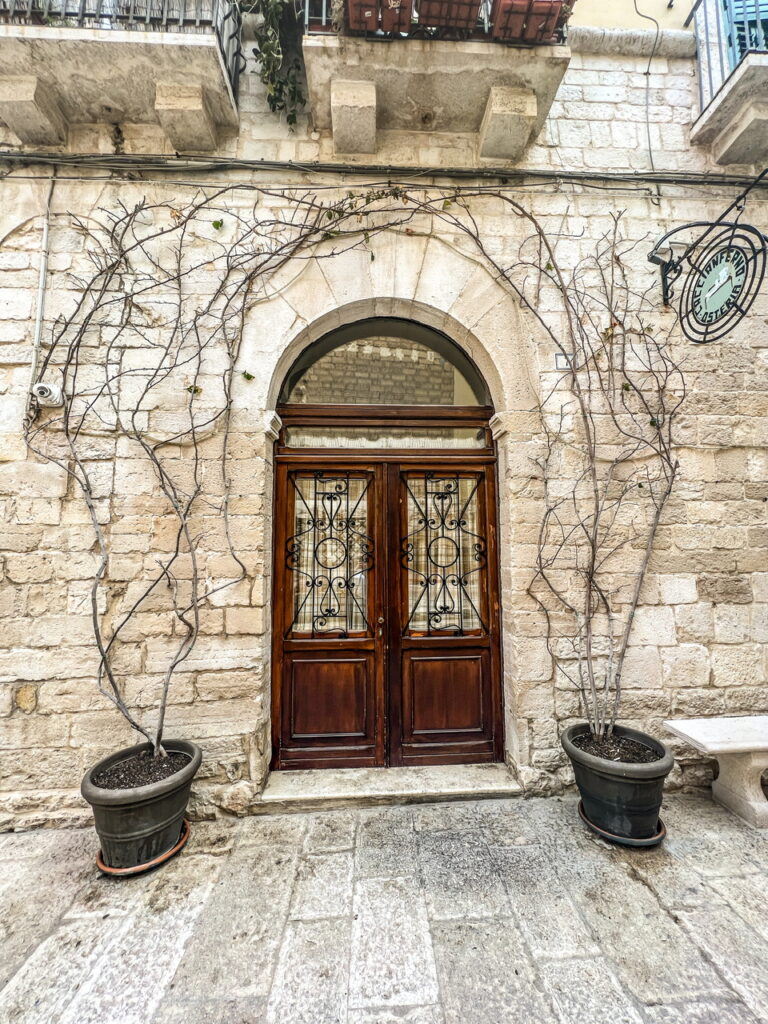
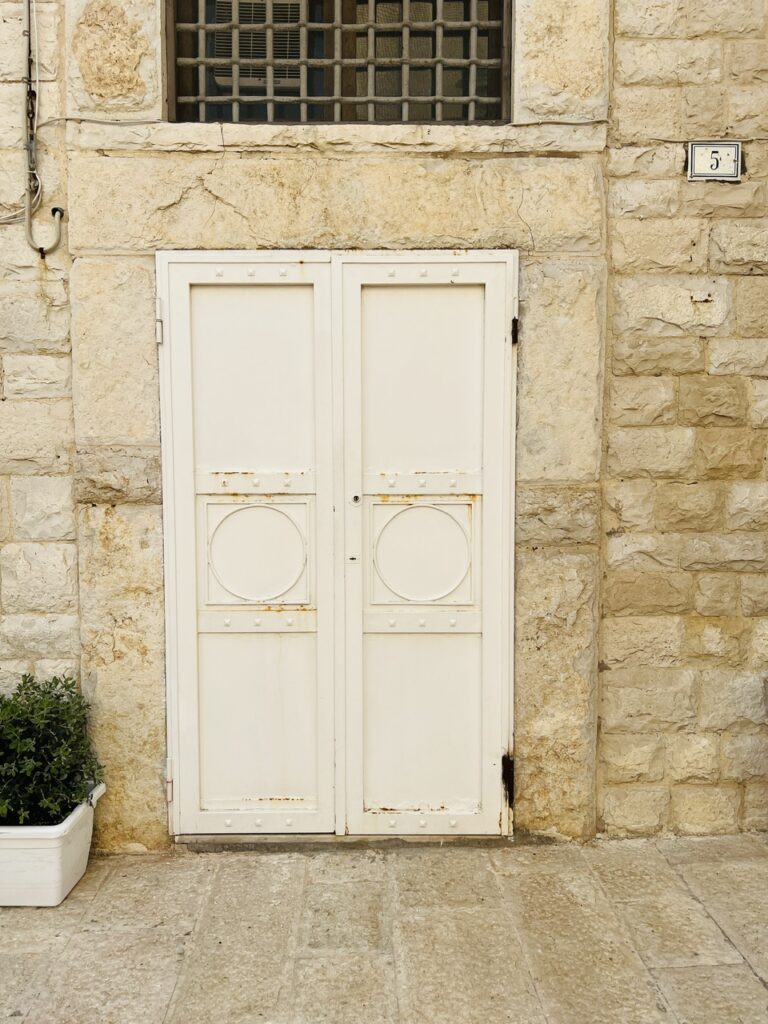
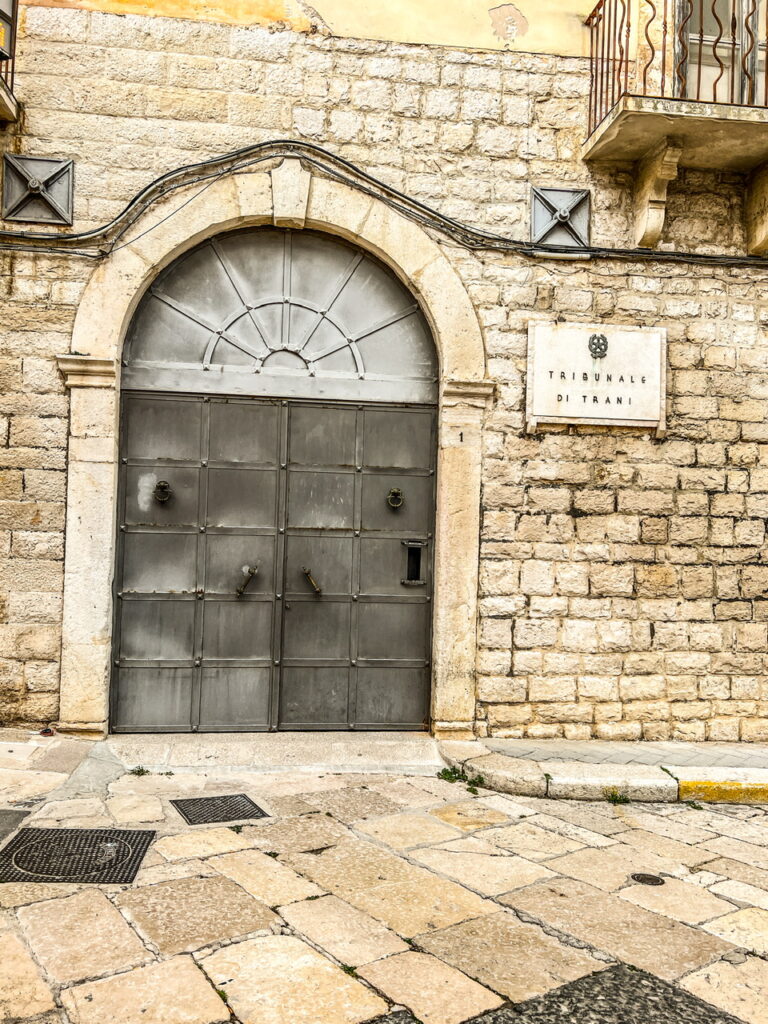
In conclusion, the doors of southern Italy offer a unique and fascinating glimpse into the region’s history, culture, and artistic traditions. From the intricate carvings to the weathered wood and rustic metalwork, each door tells a story and reflects the character of its surroundings.
Whether found in ancient cities like Naples and Bari or in small, picturesque towns along the Amalfi Coast or in Puglia, these doors are a testament to the enduring legacy of southern Italy’s rich cultural heritage. They invite us to explore, to discover, and to appreciate the beauty that surrounds us, both in art and in life. So next time you find yourself in southern Italy, take a closer look at the doors and see what stories they have to tell.
I am not the only one who loves to capture doors along my travels, check out Ilene’s doors as well!
-S&E

